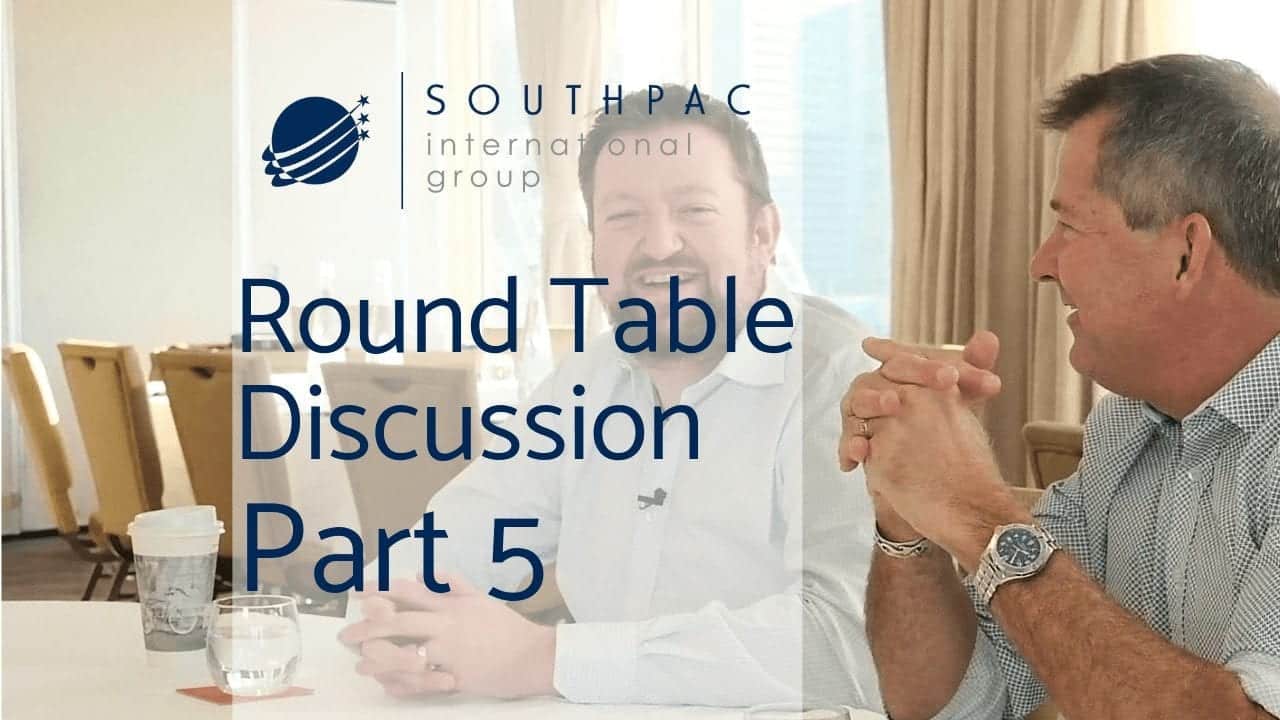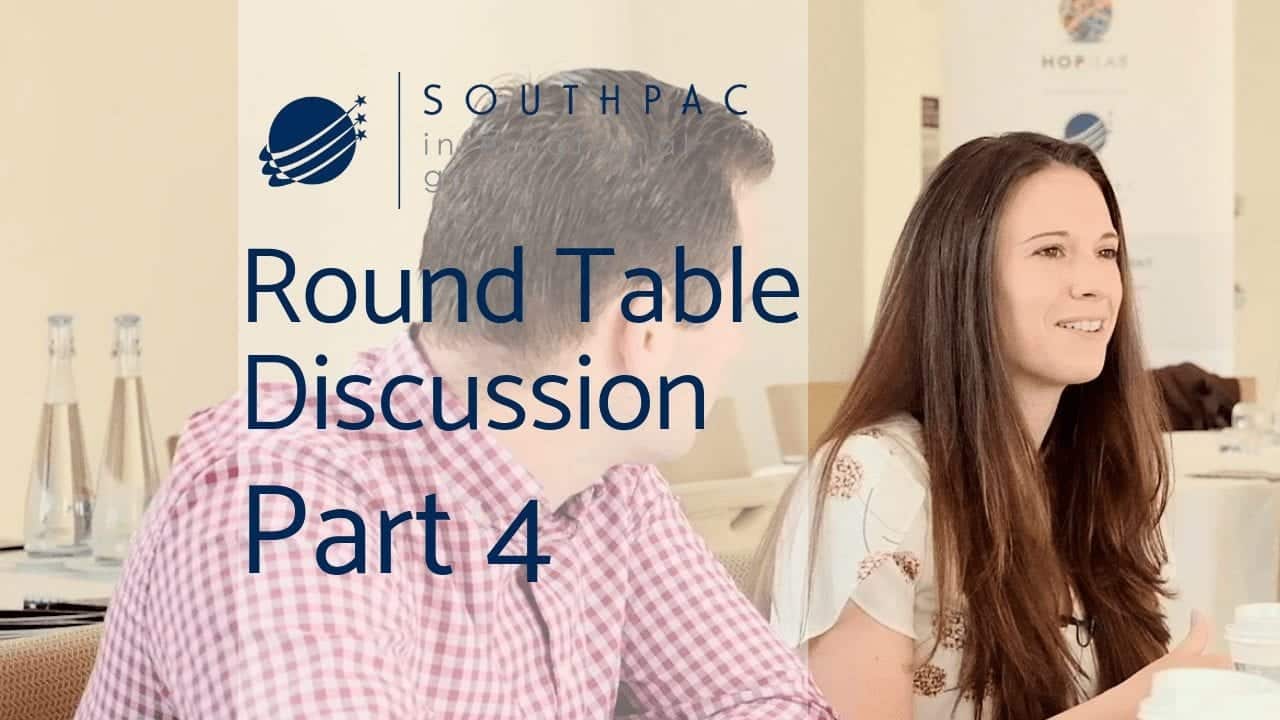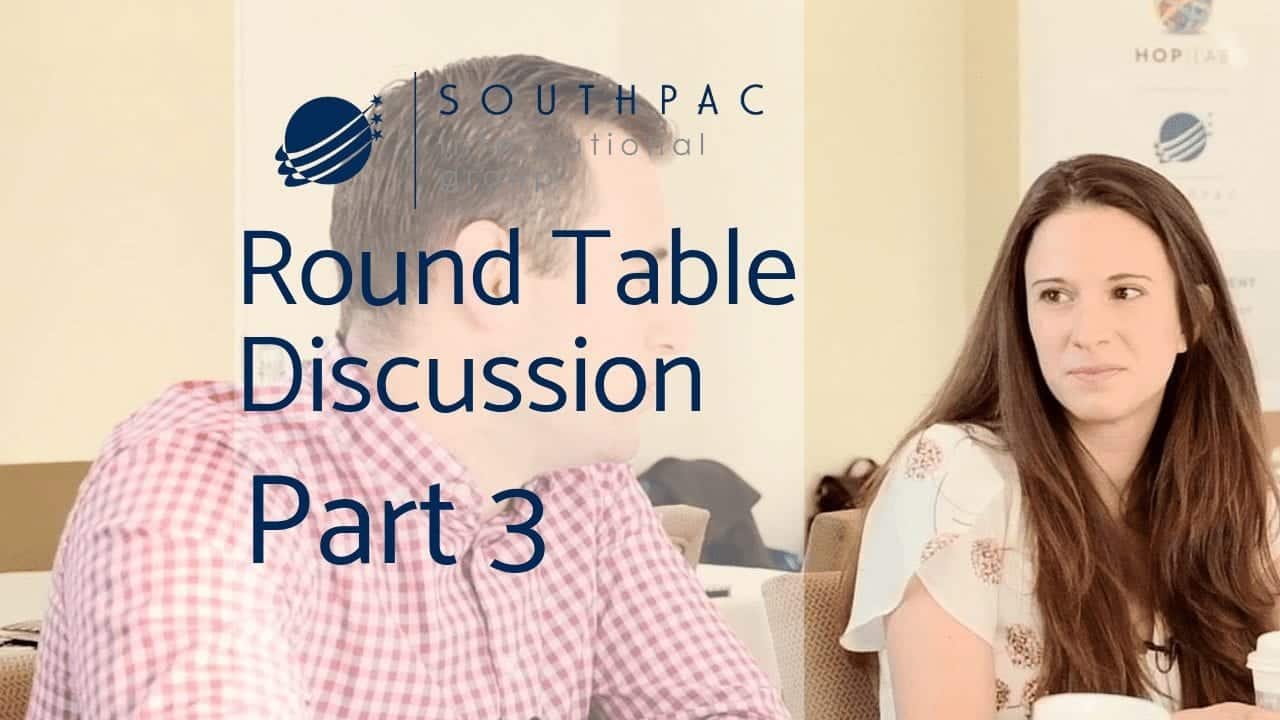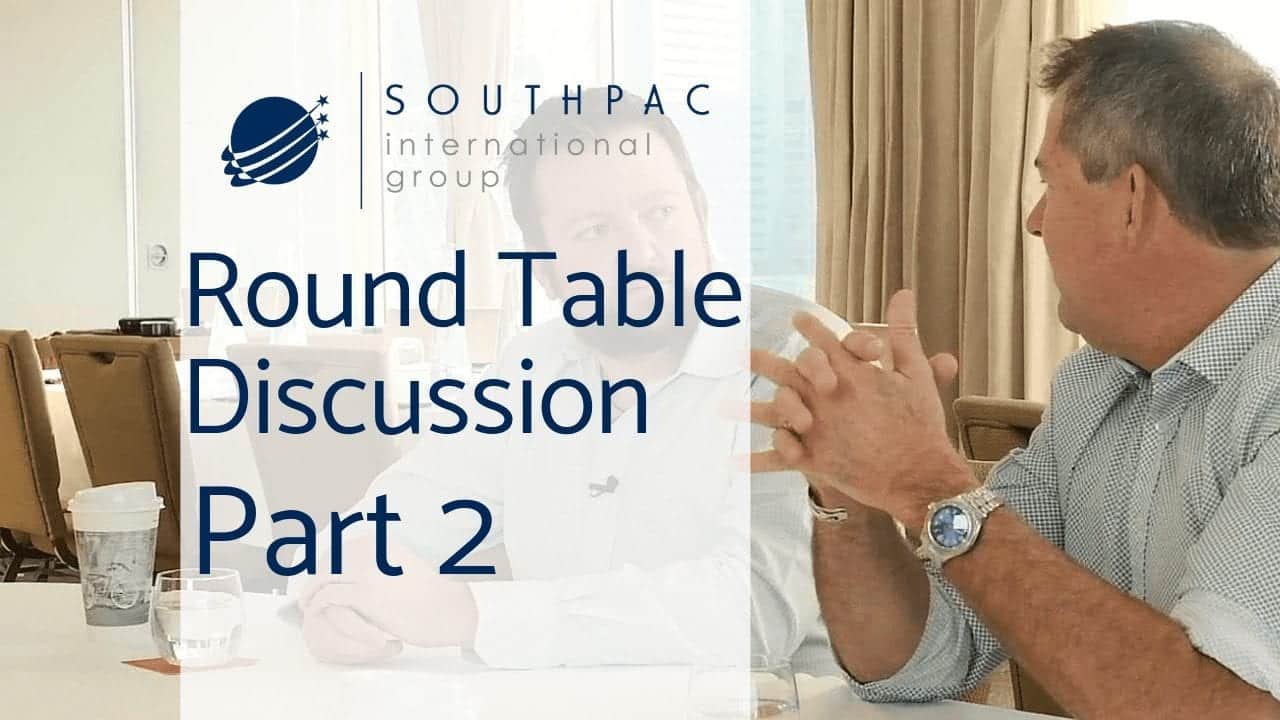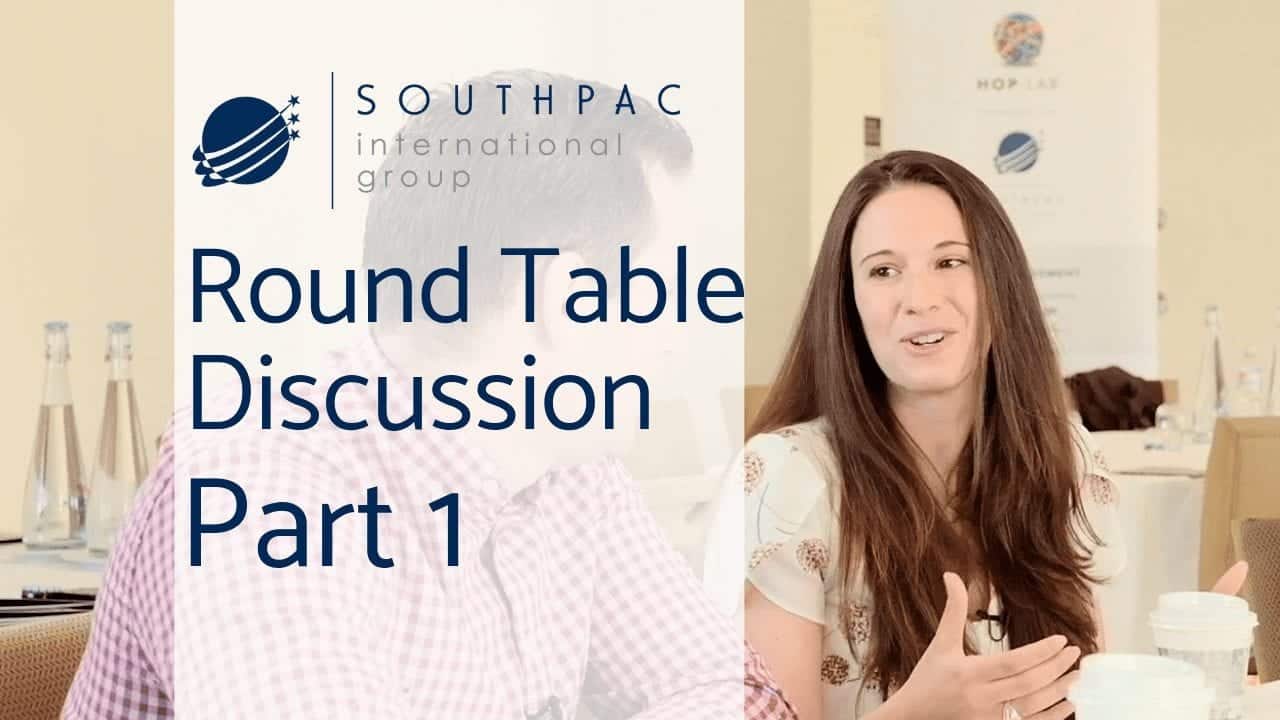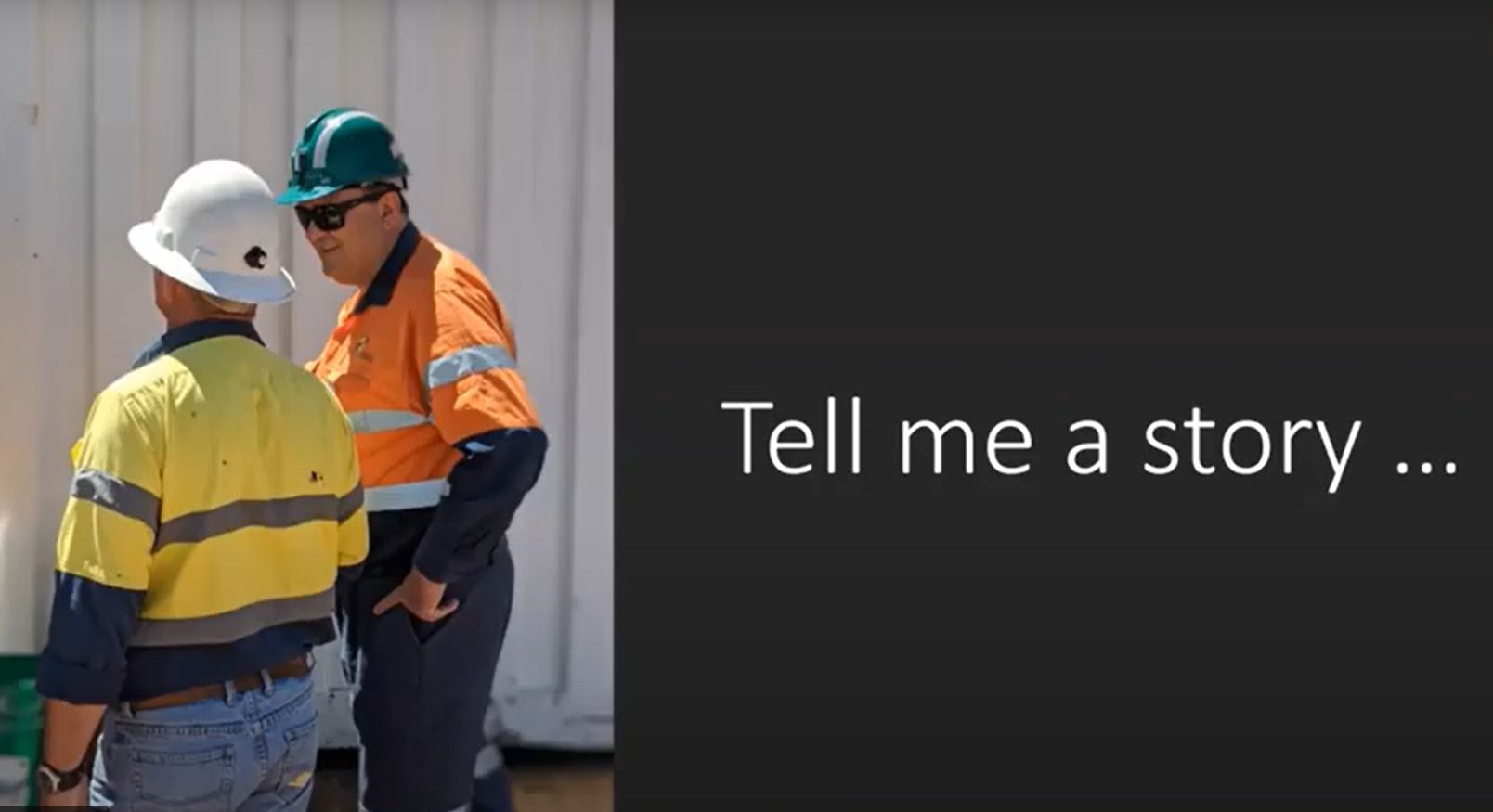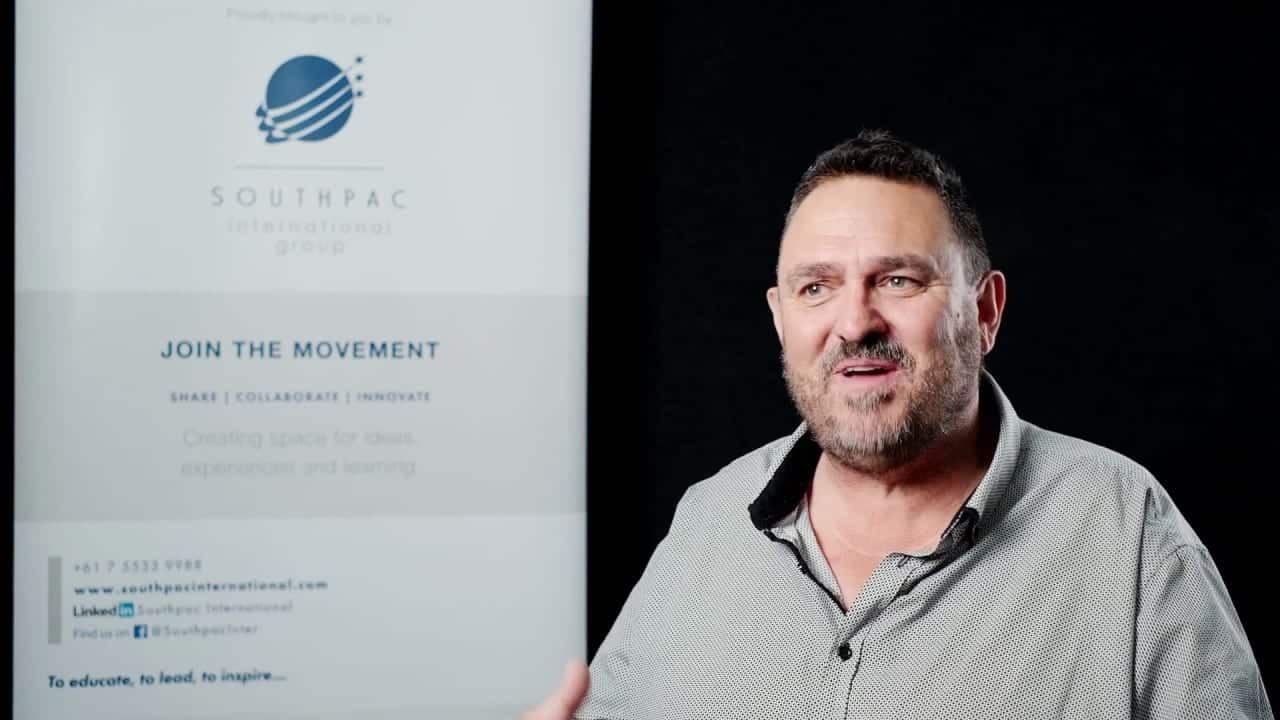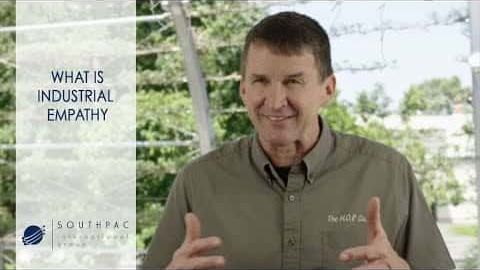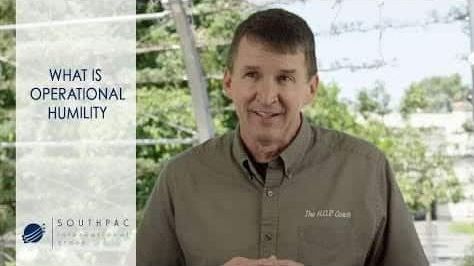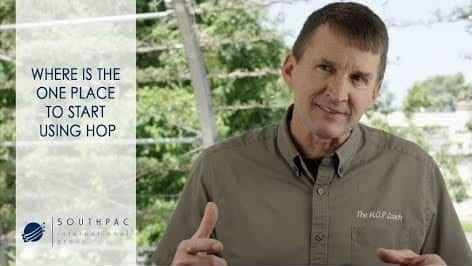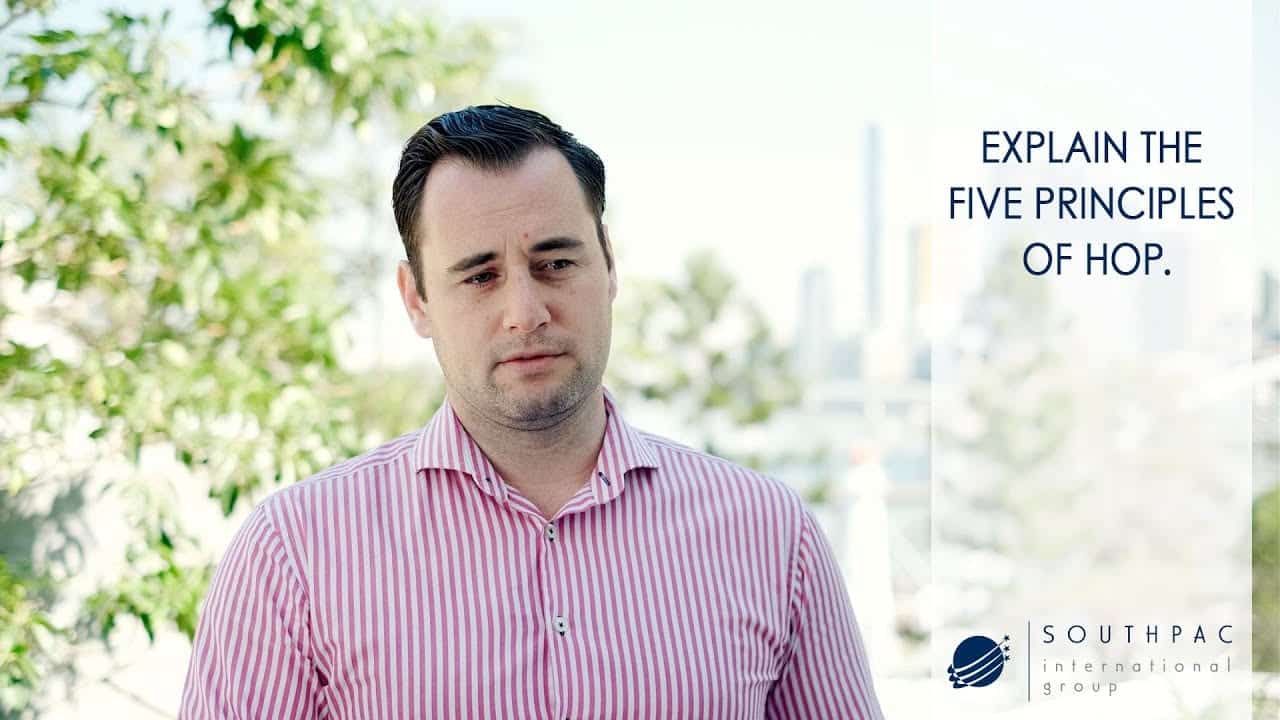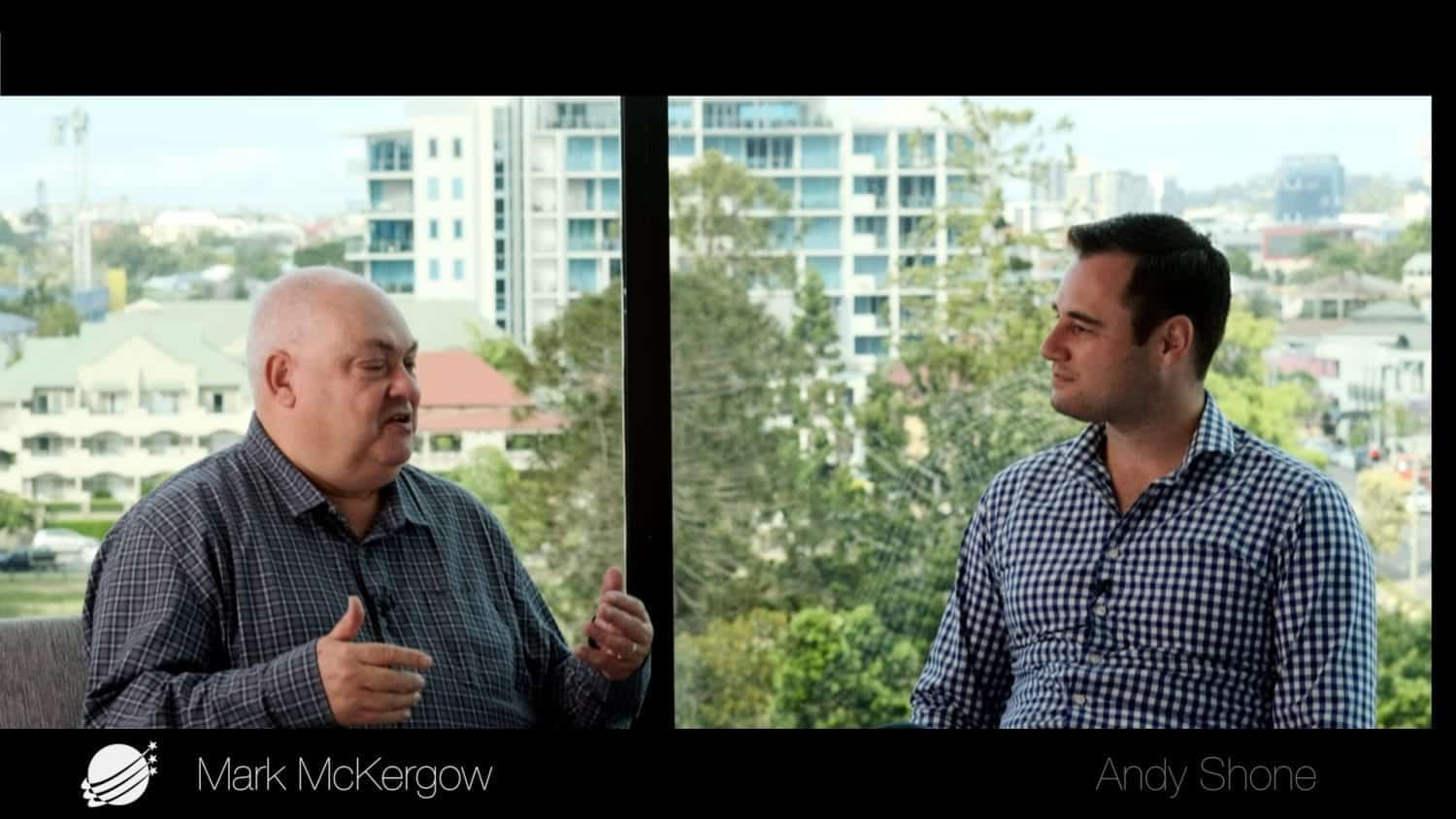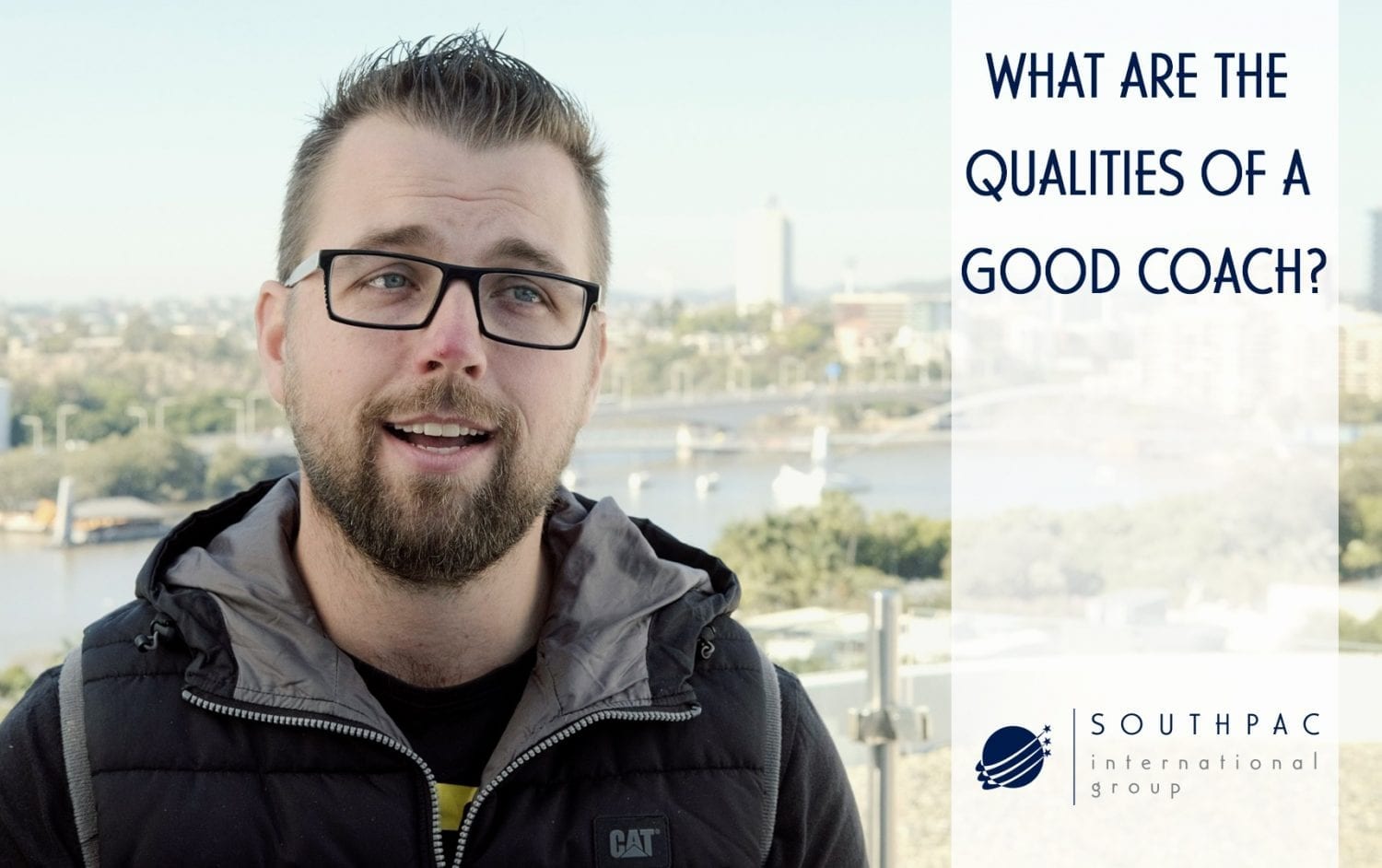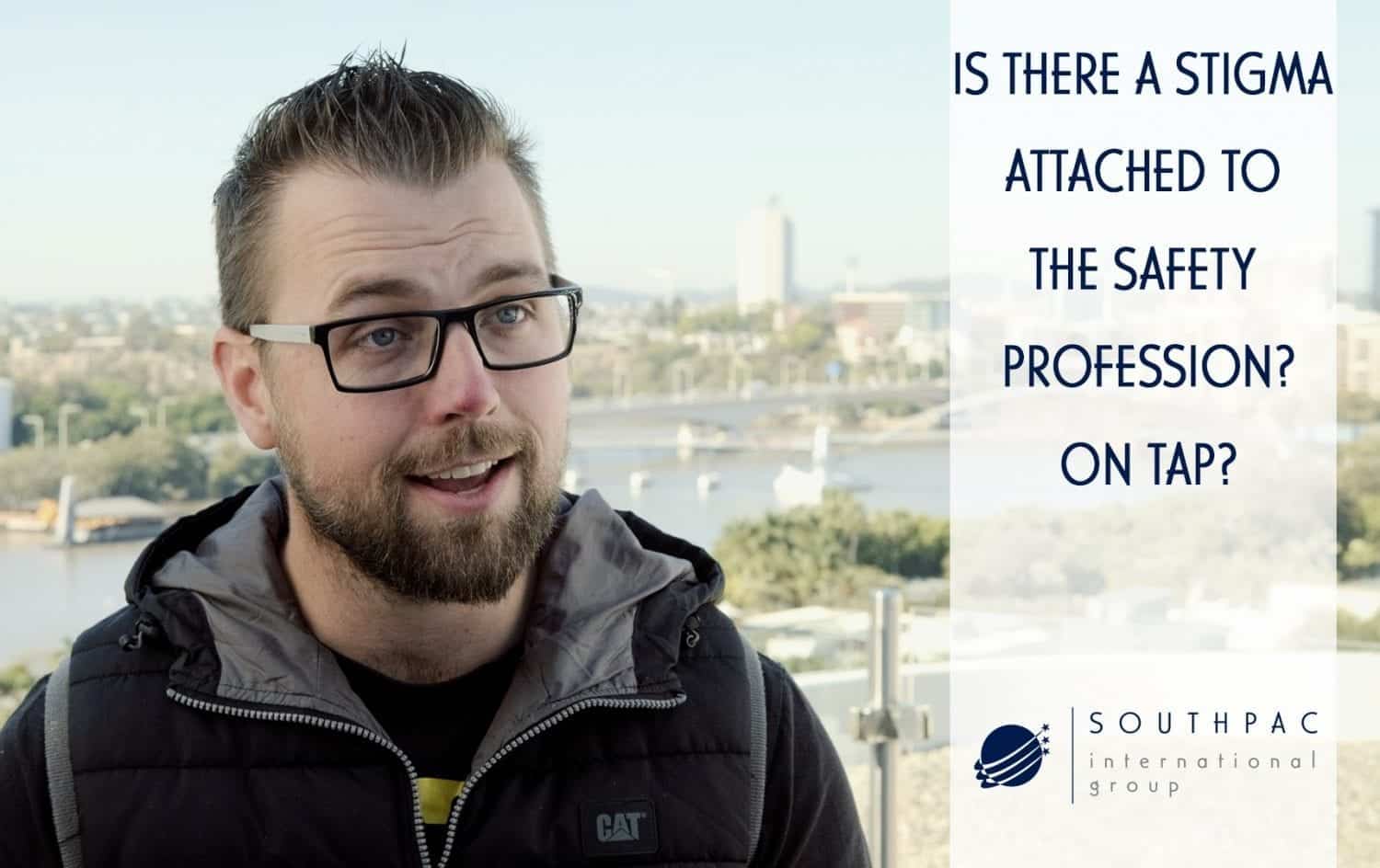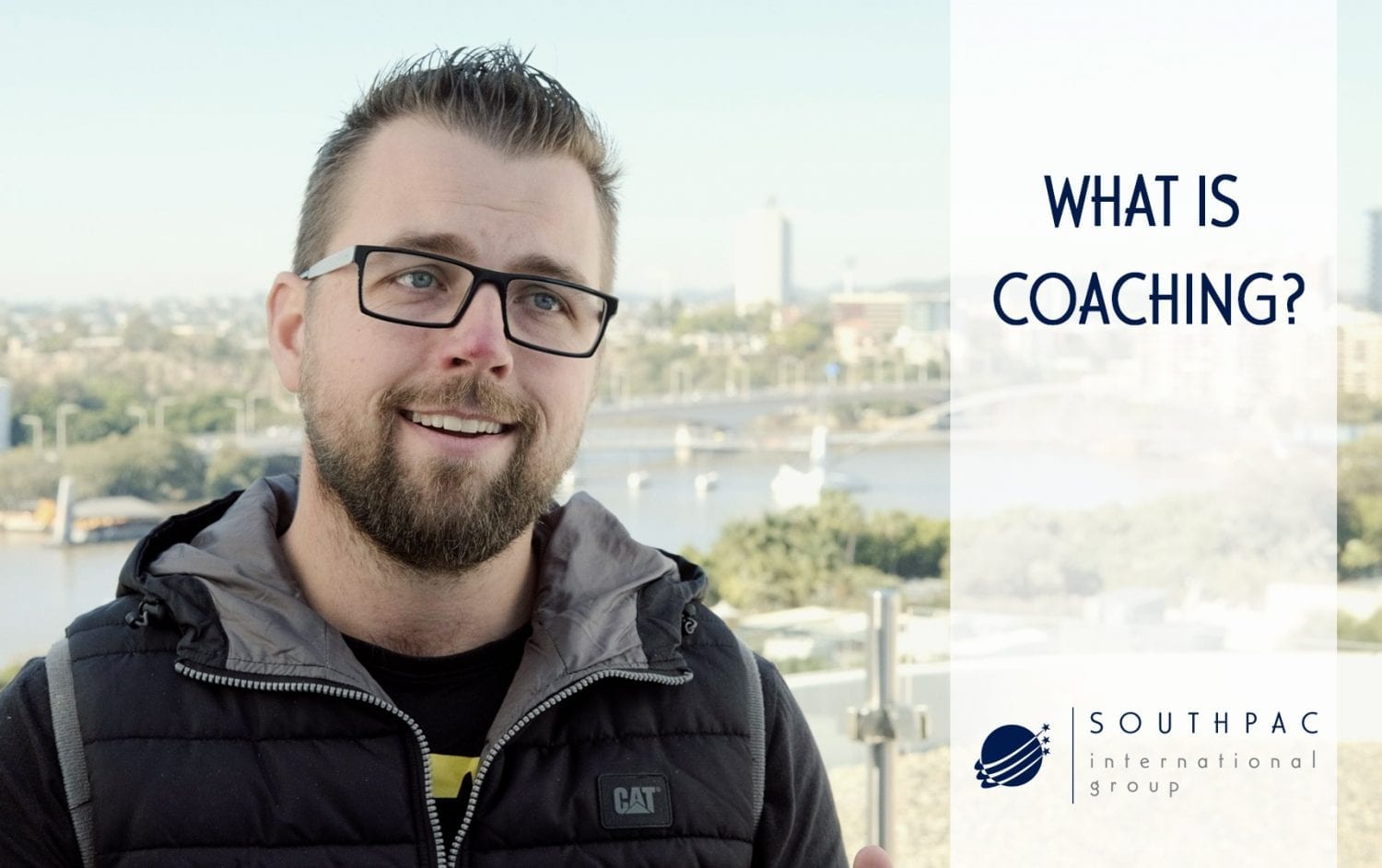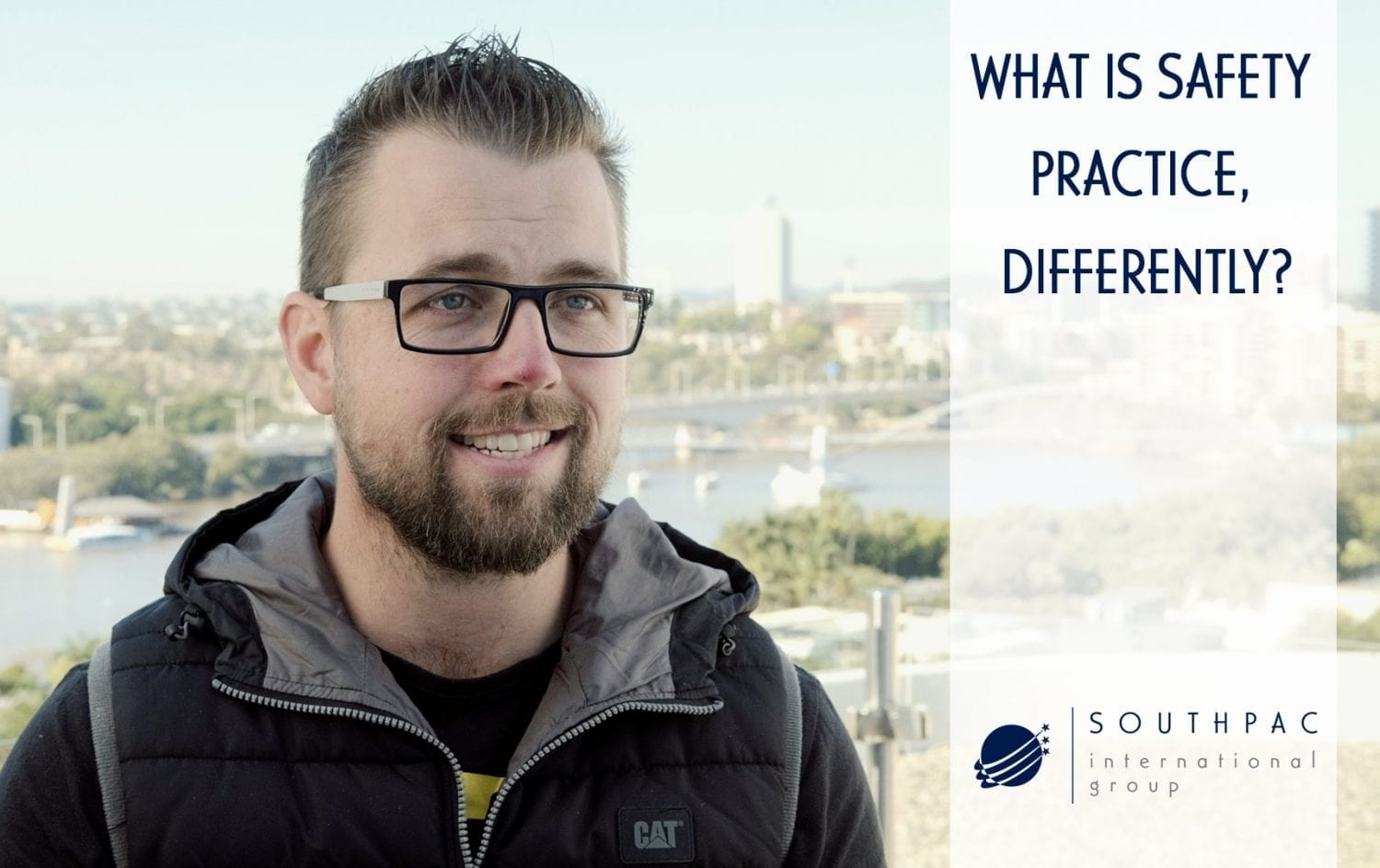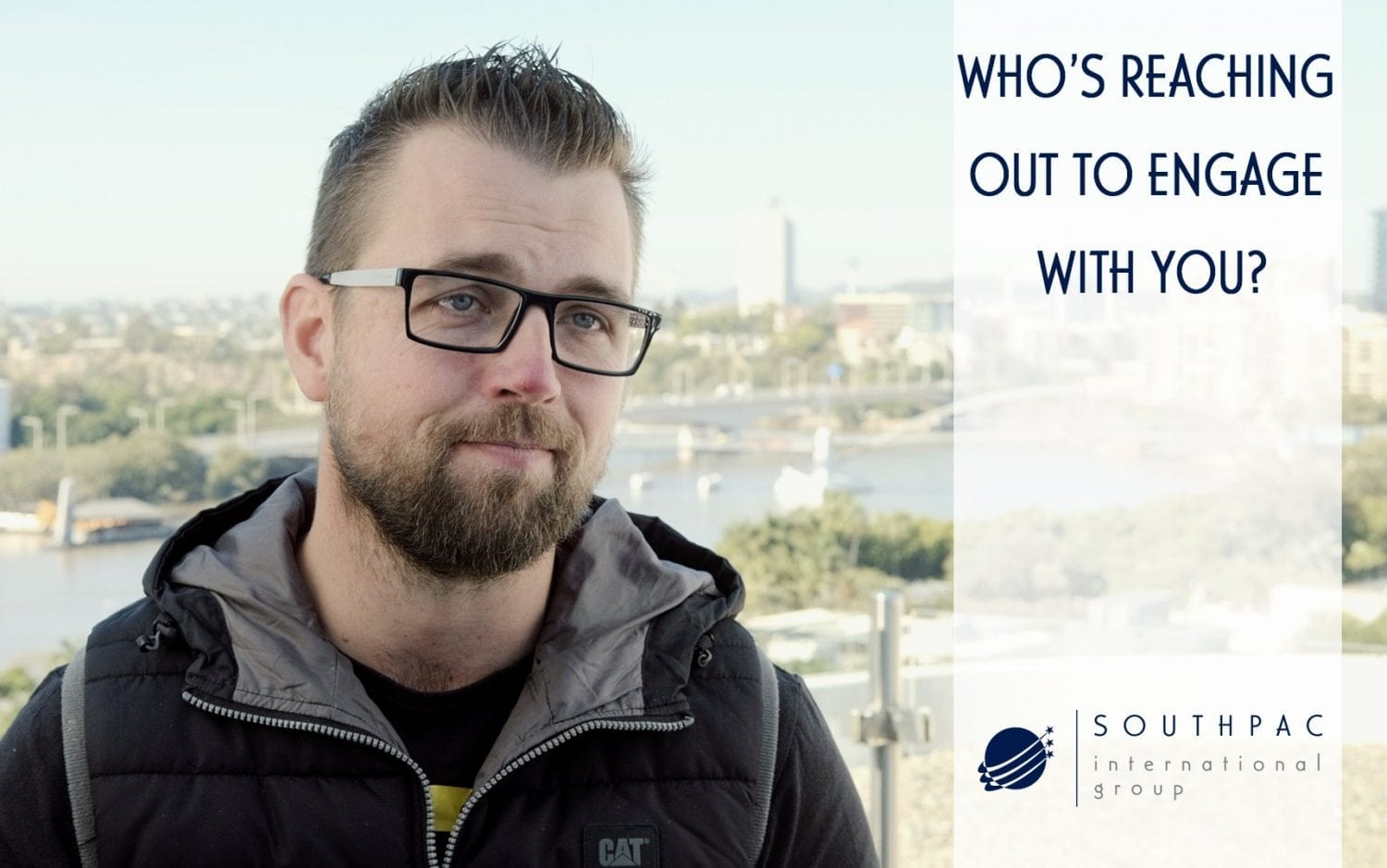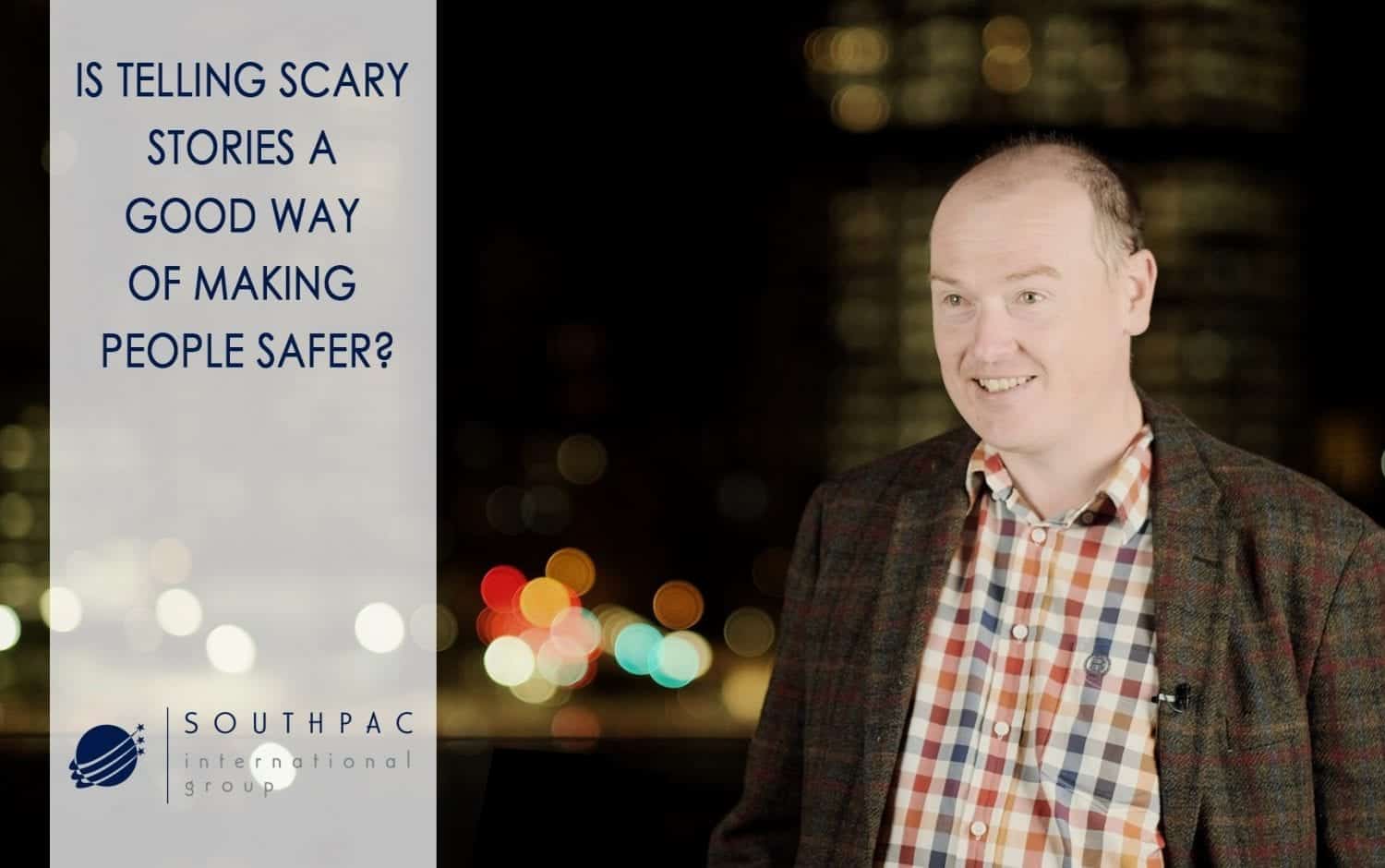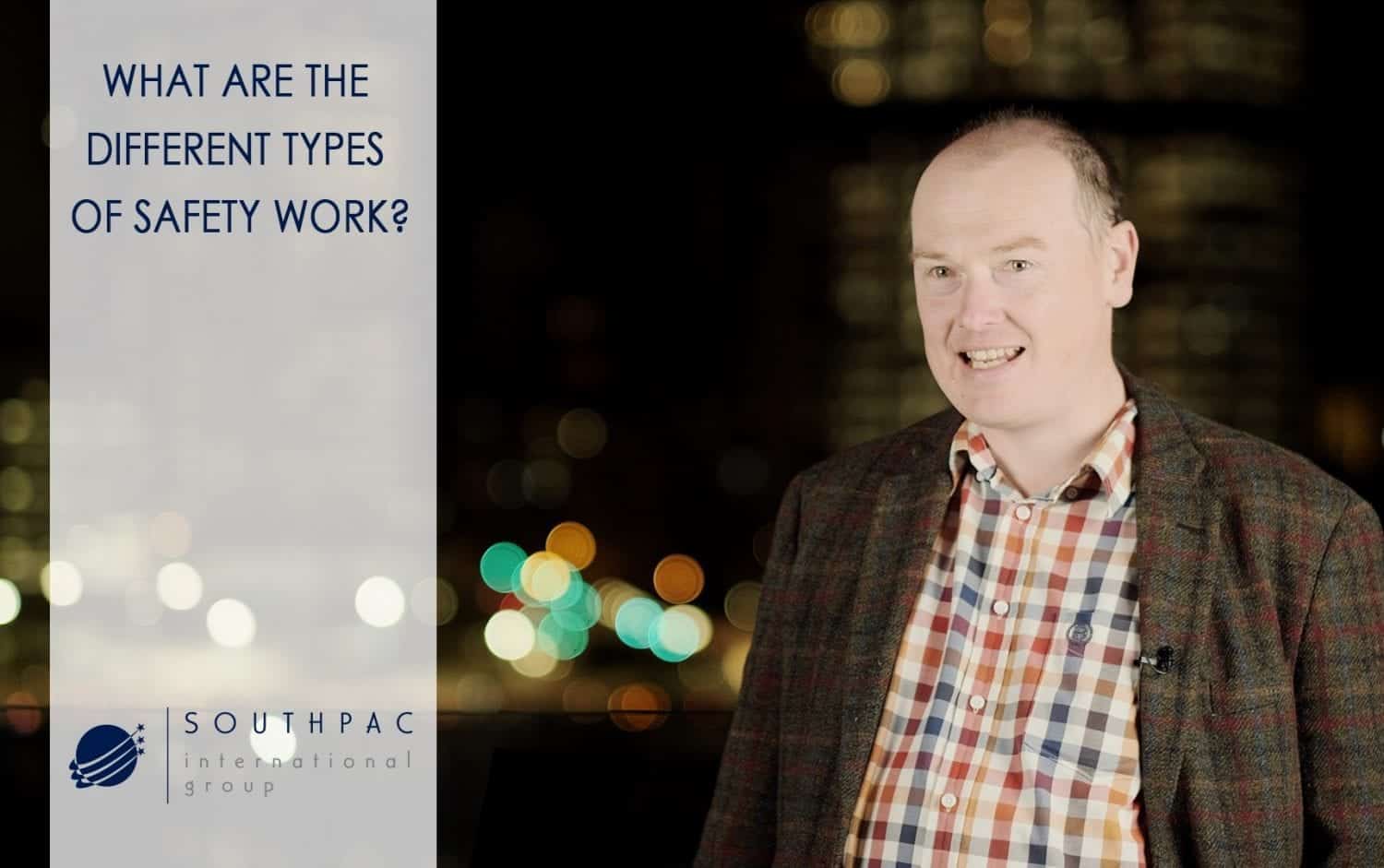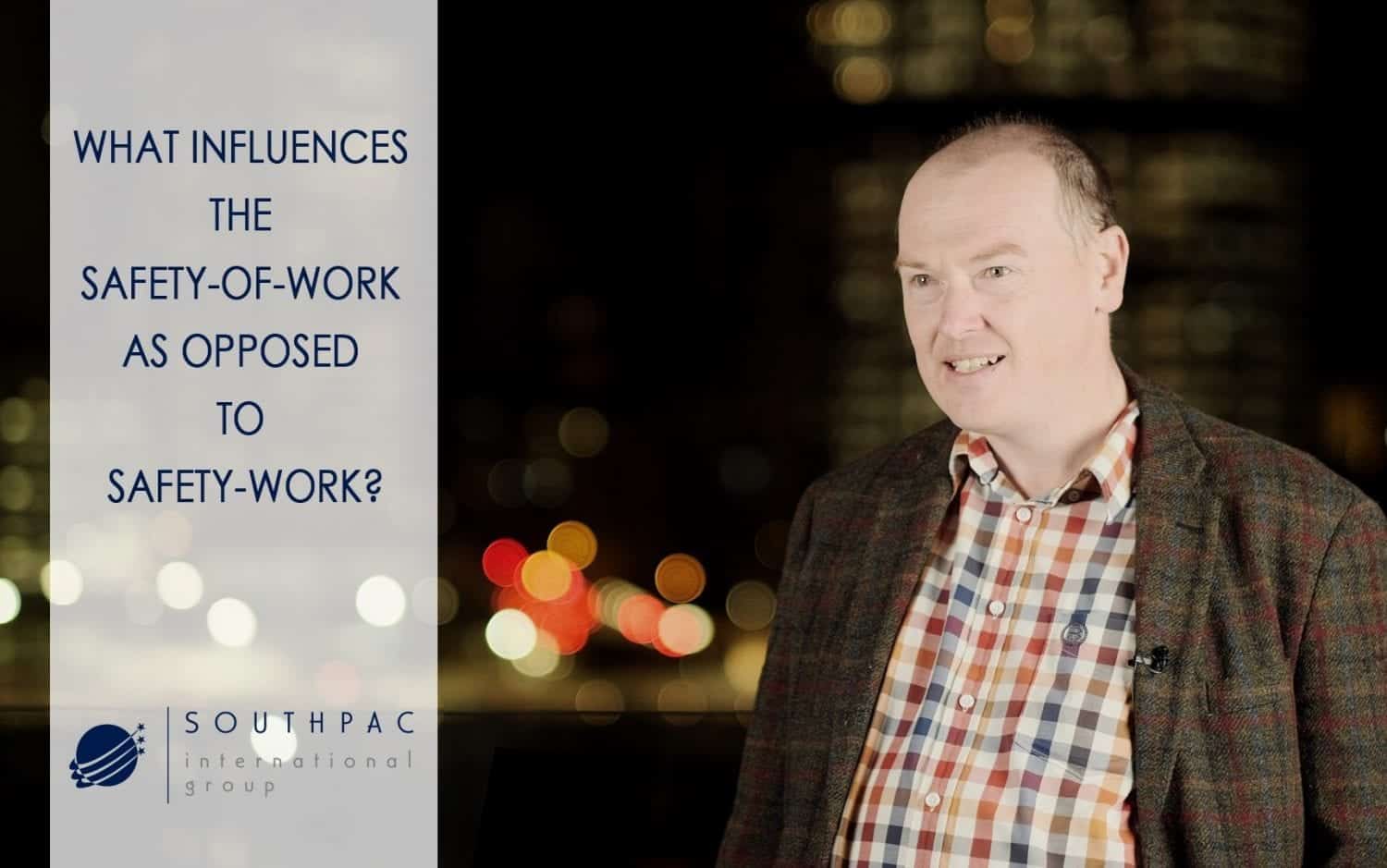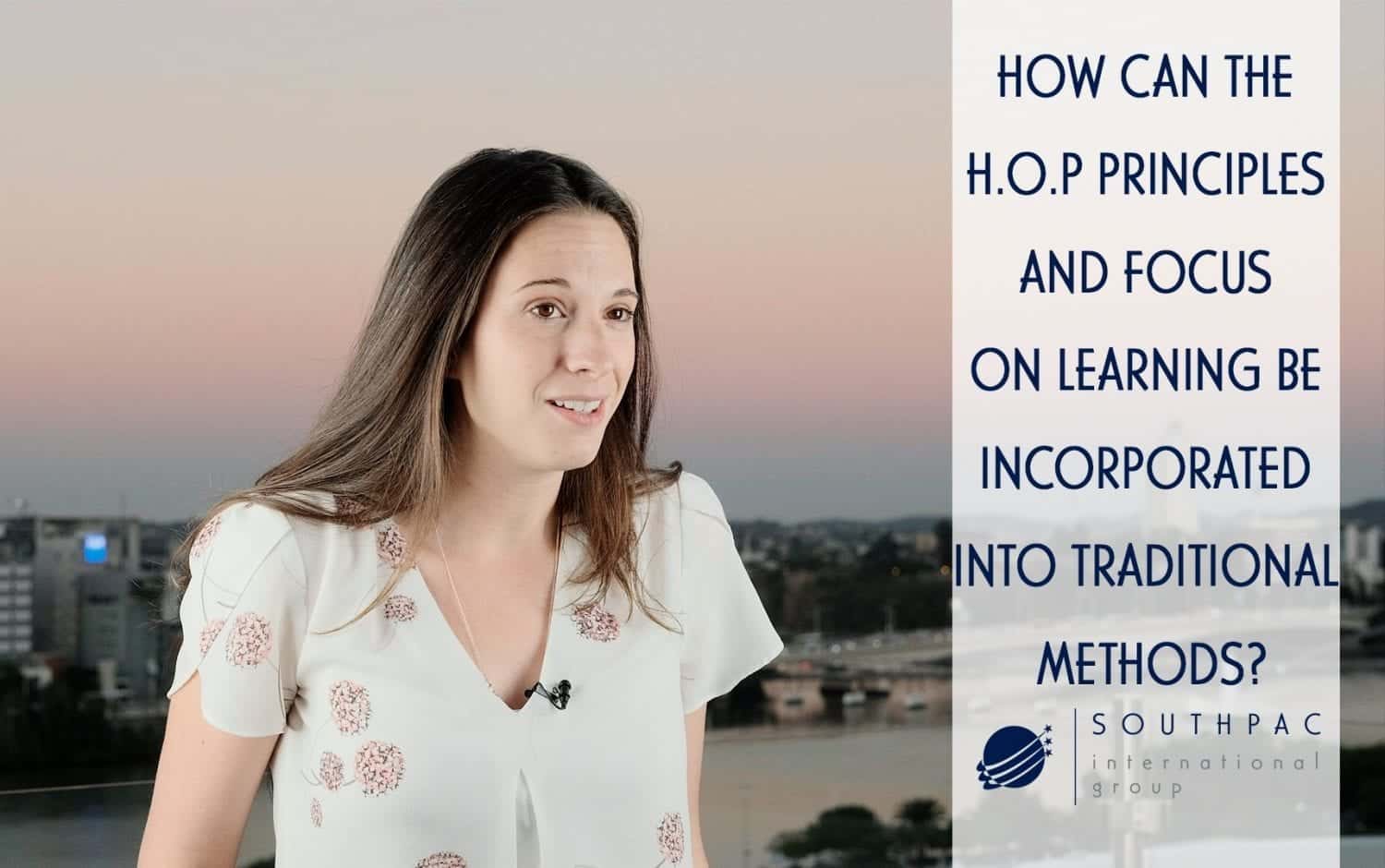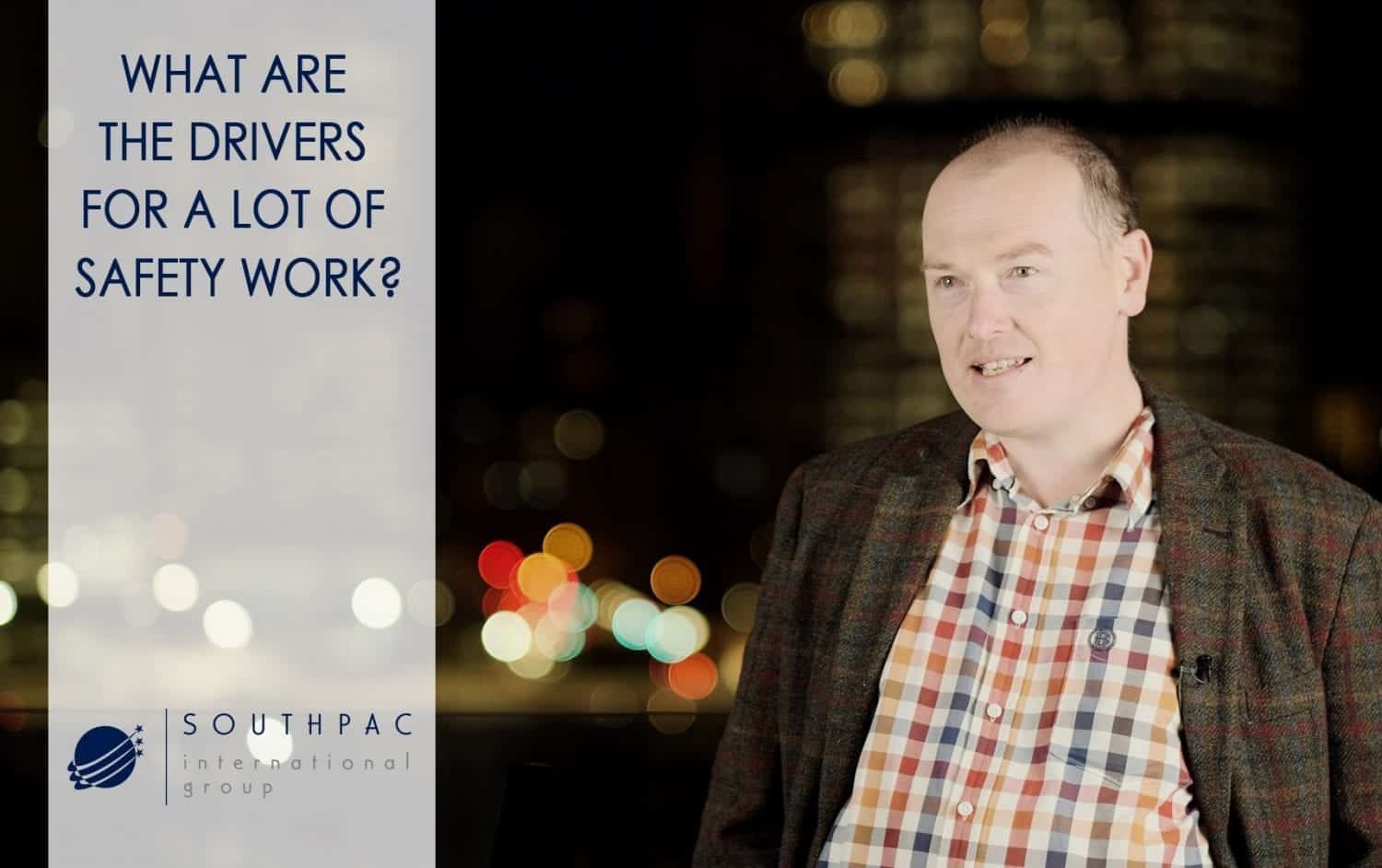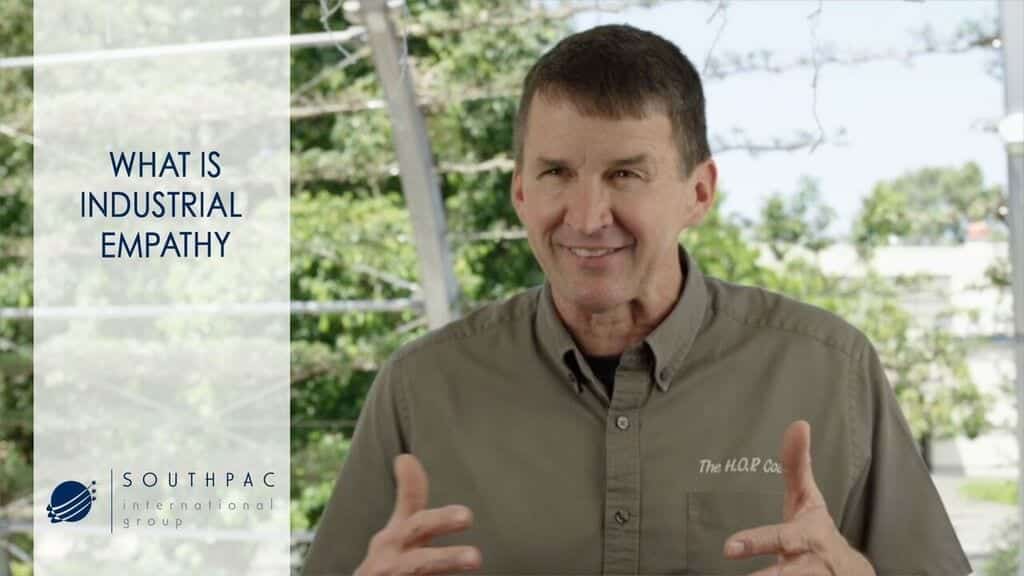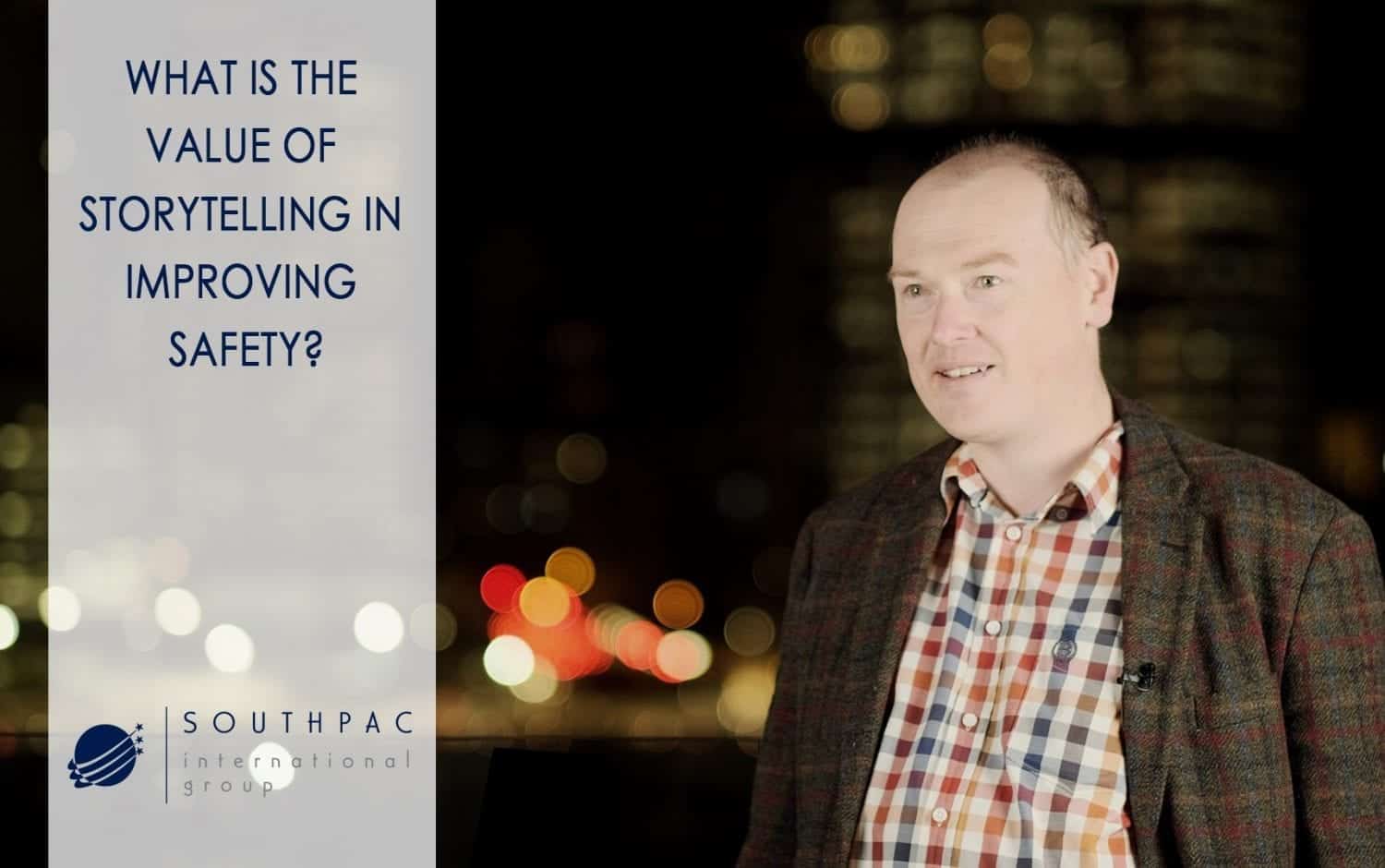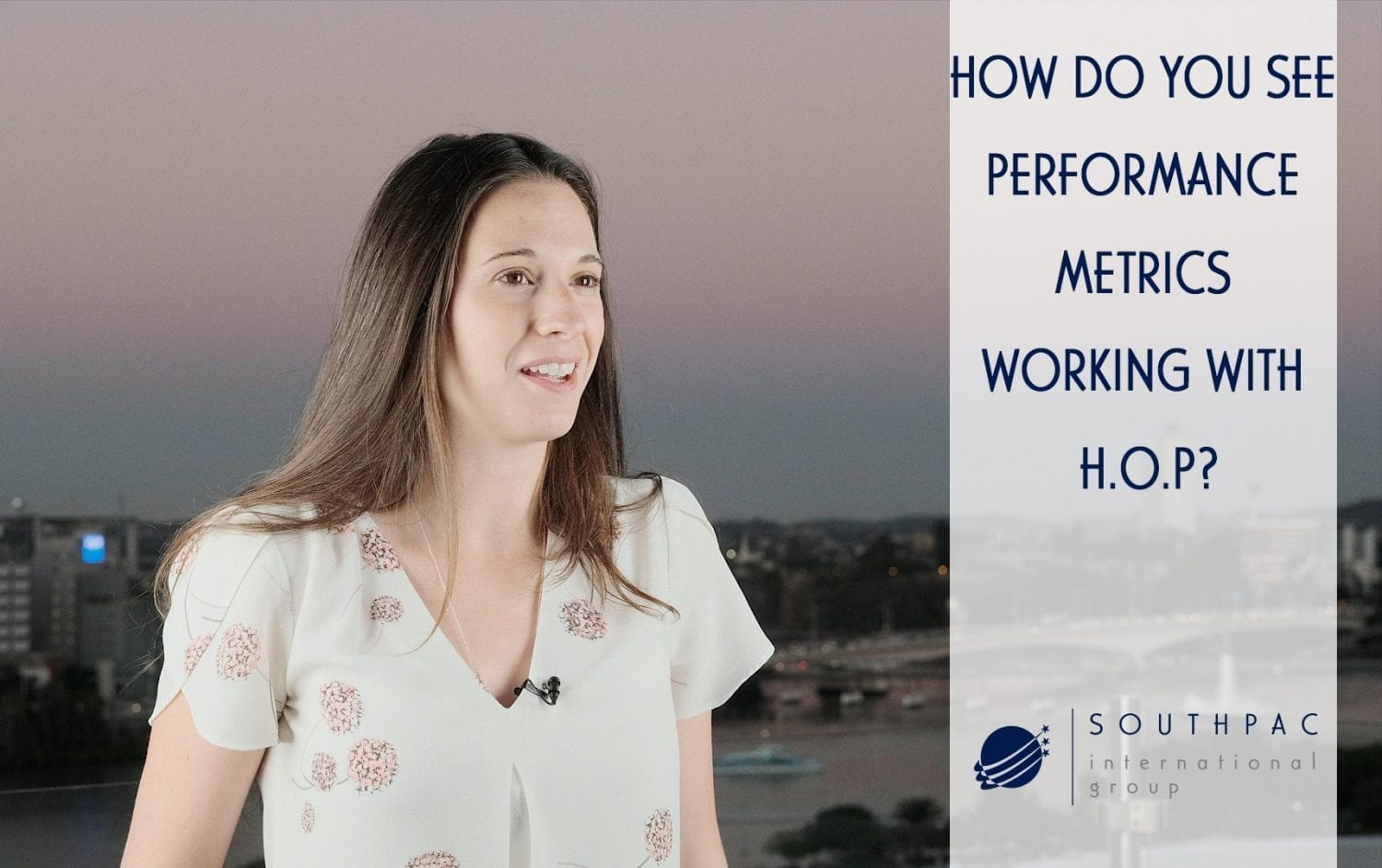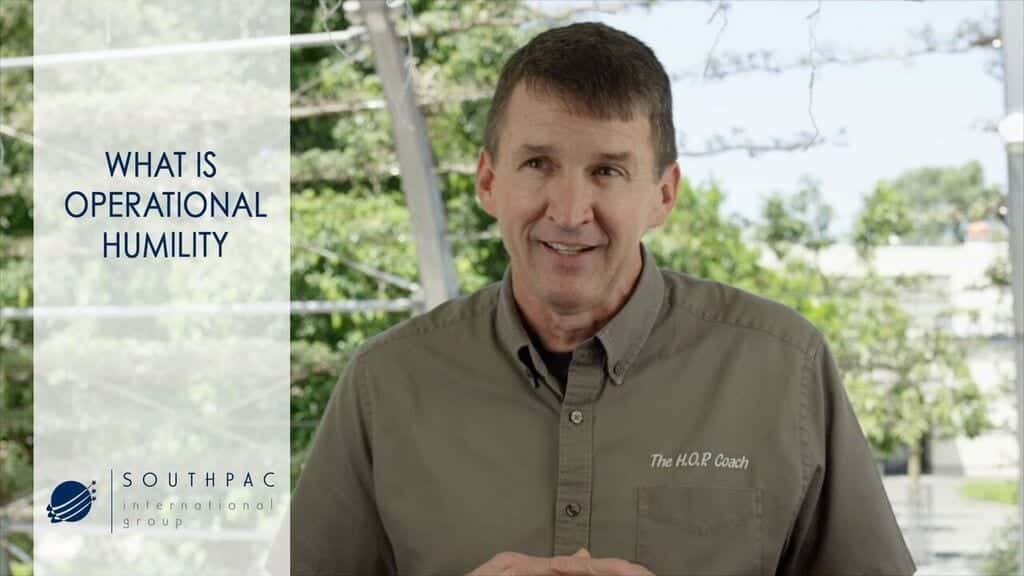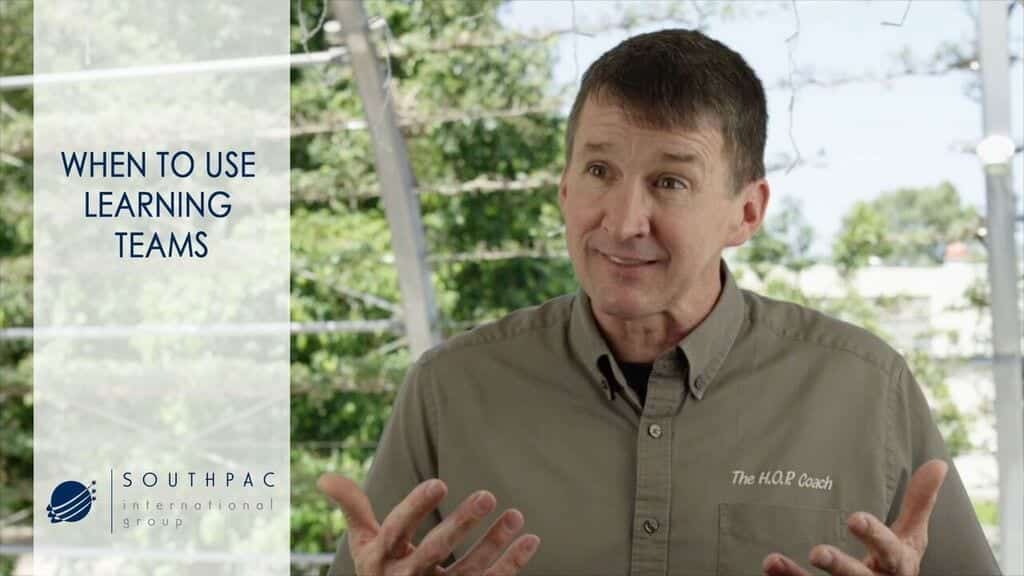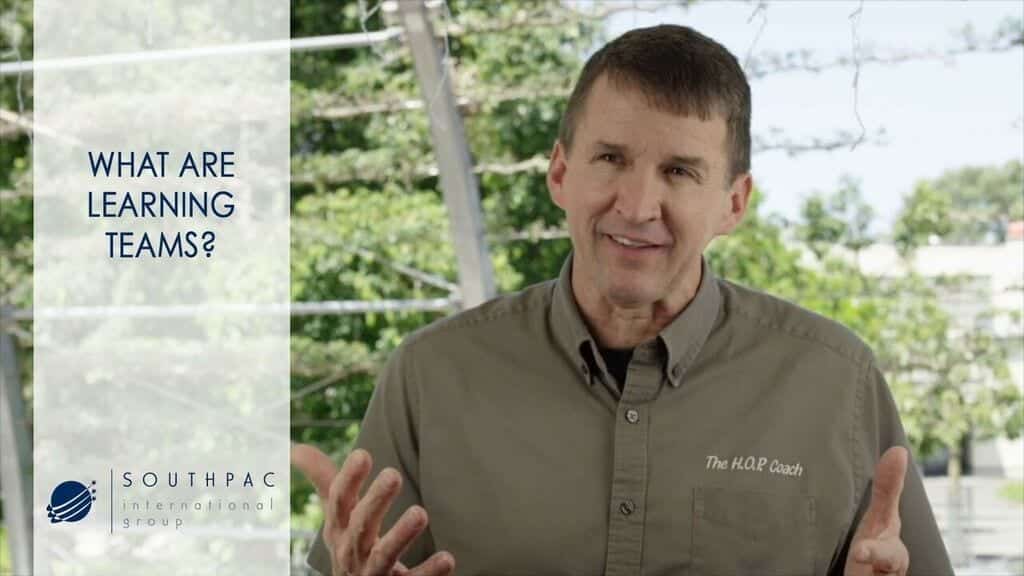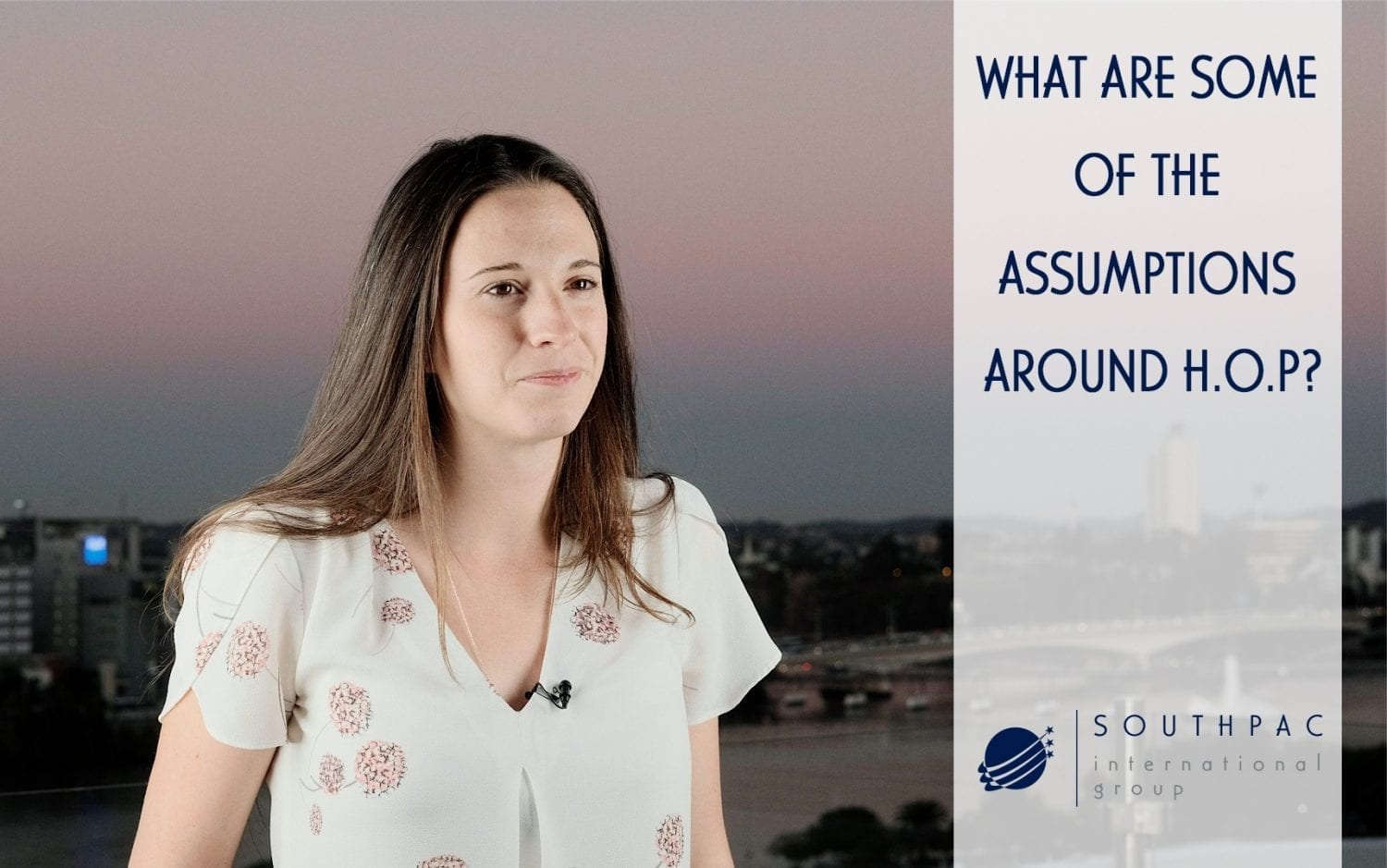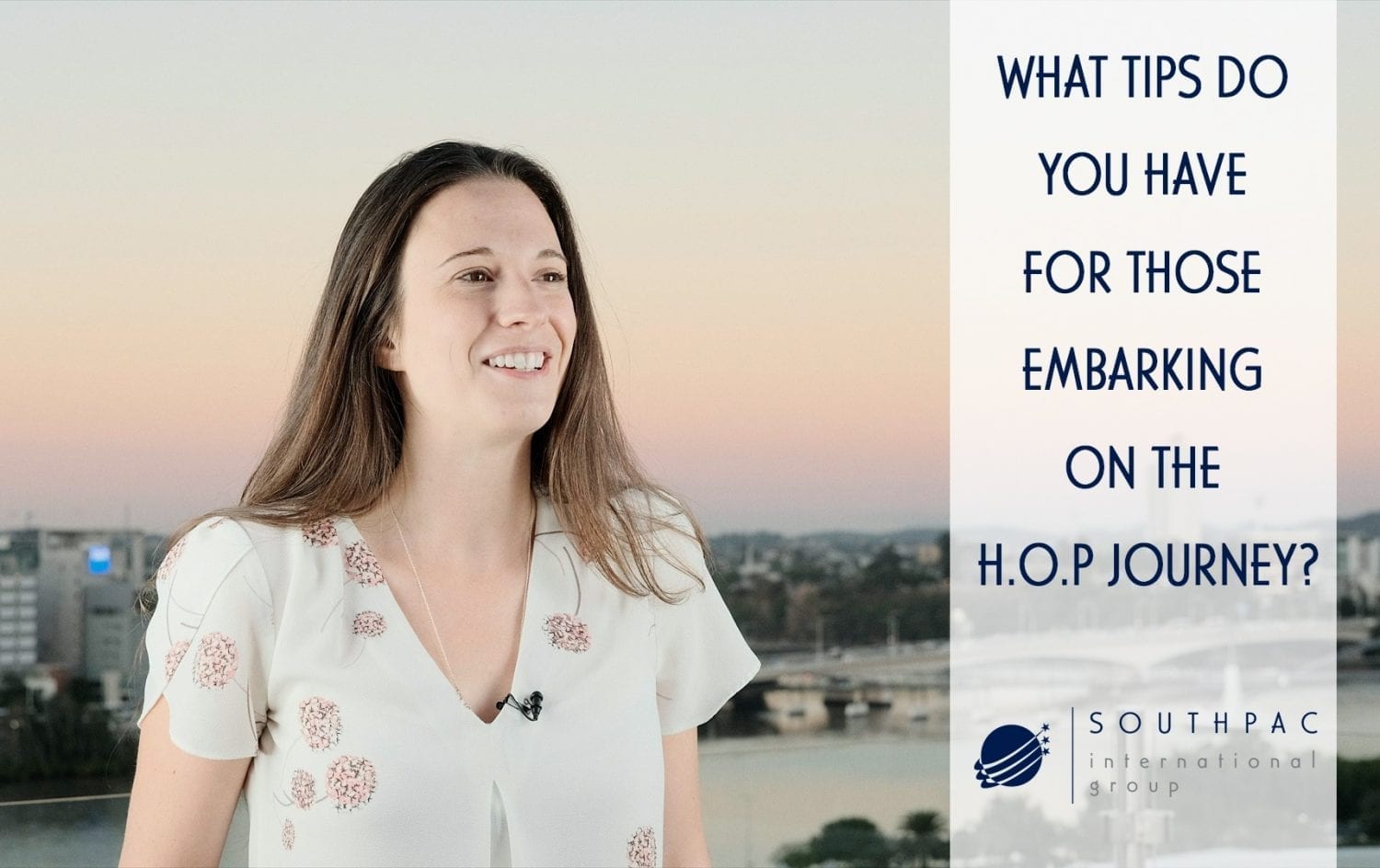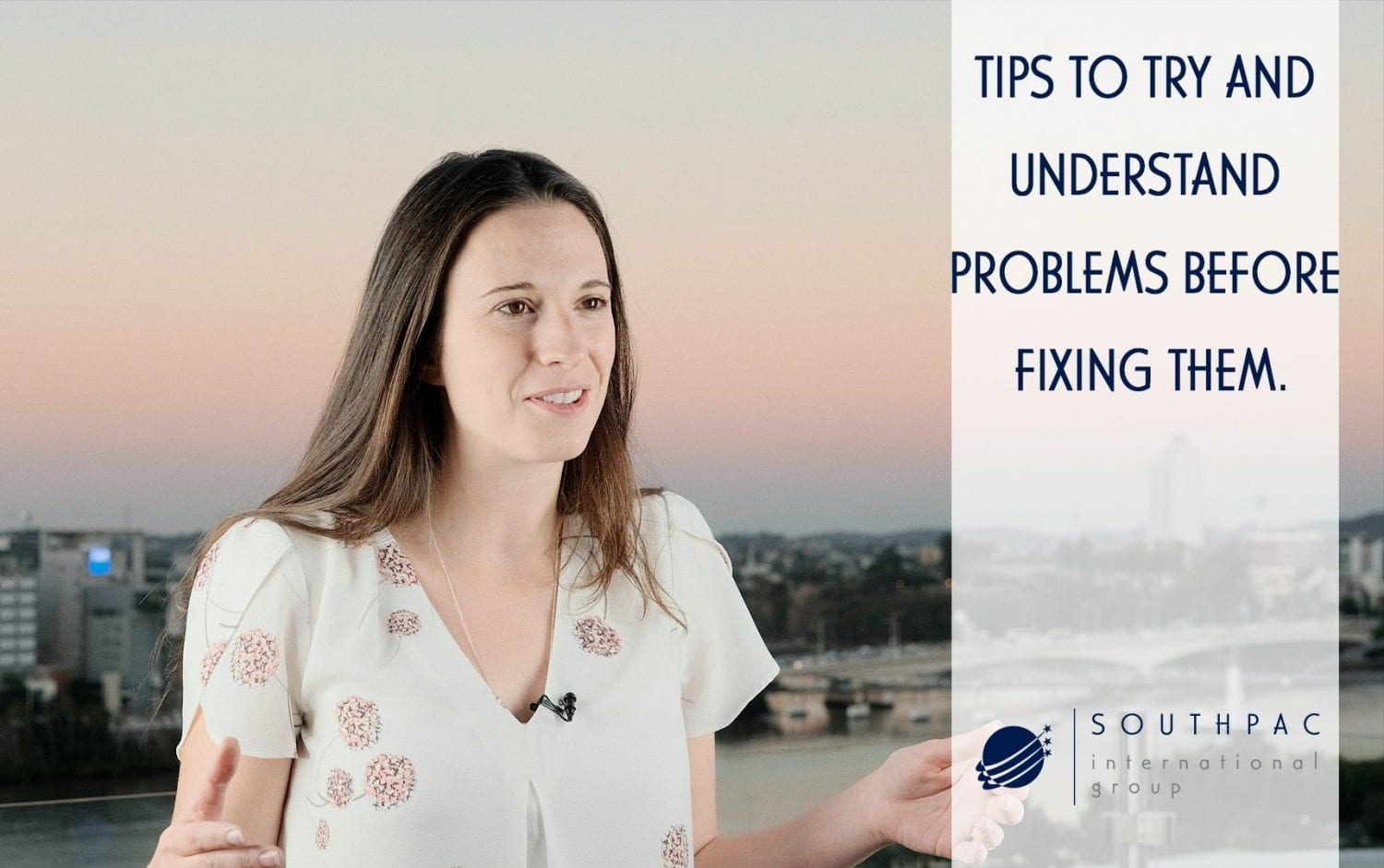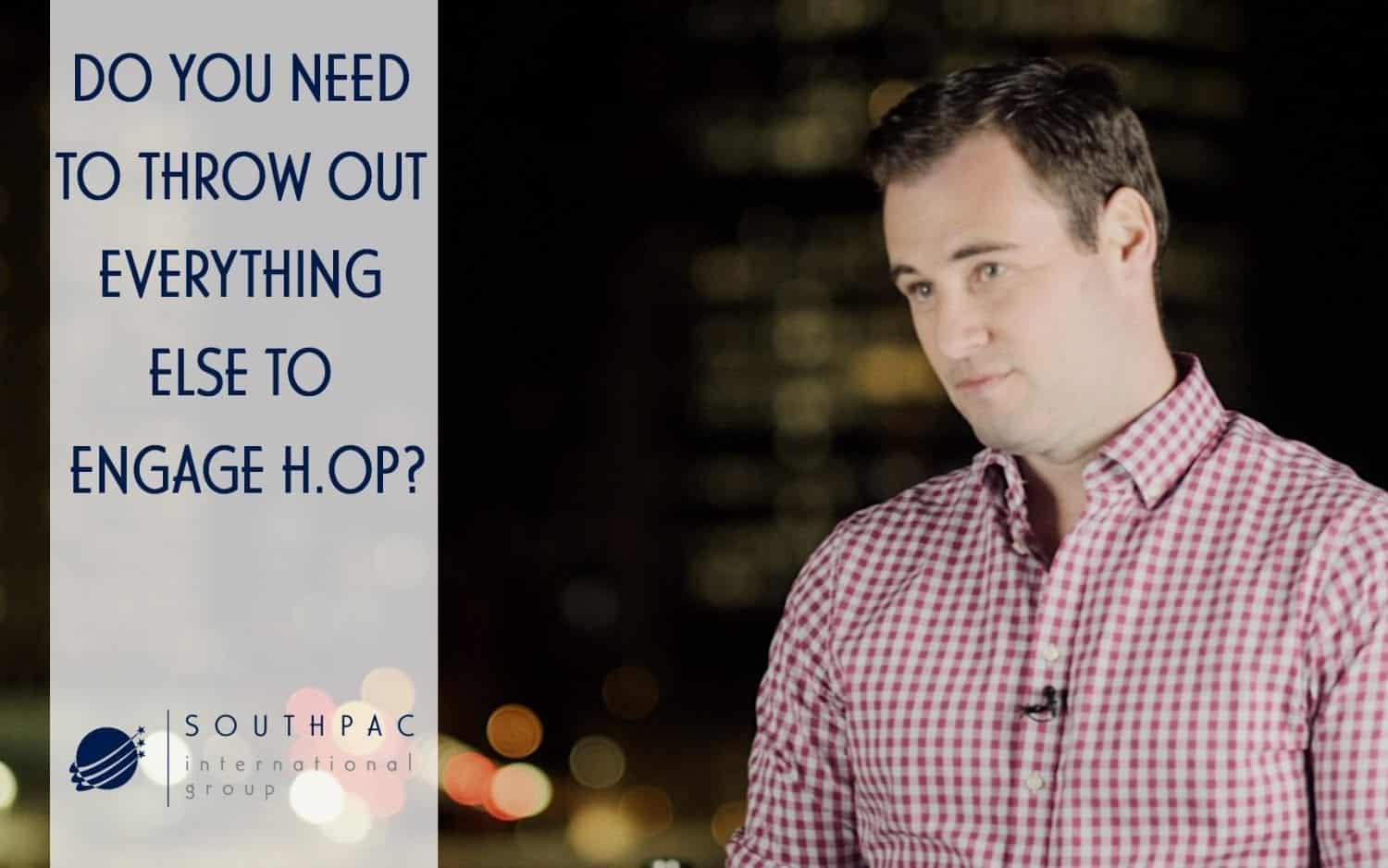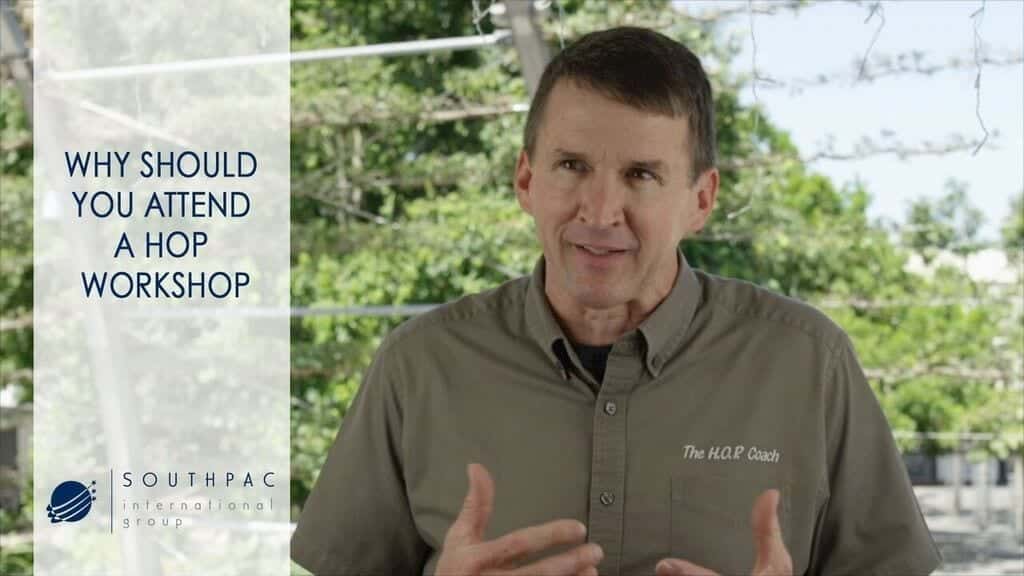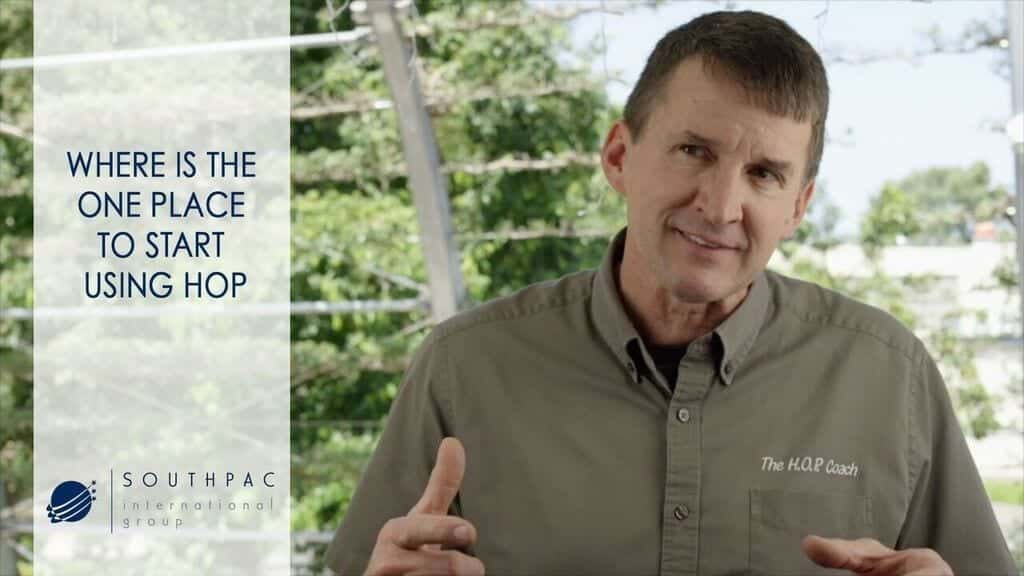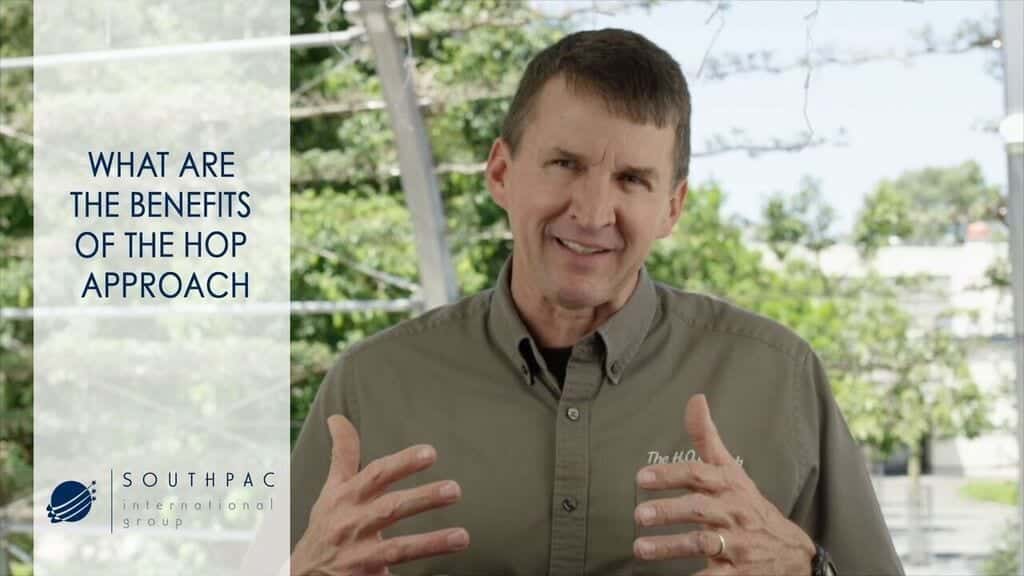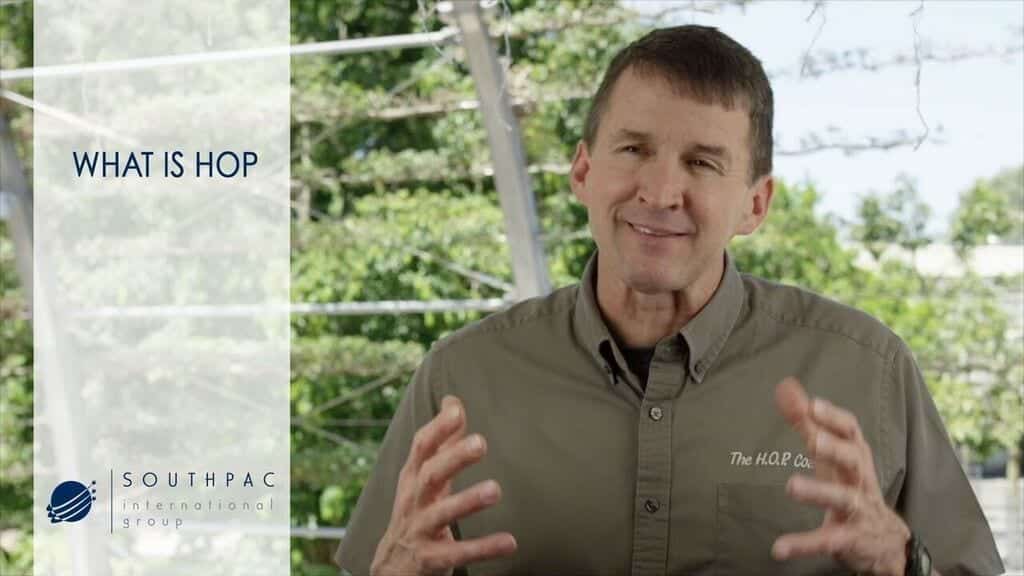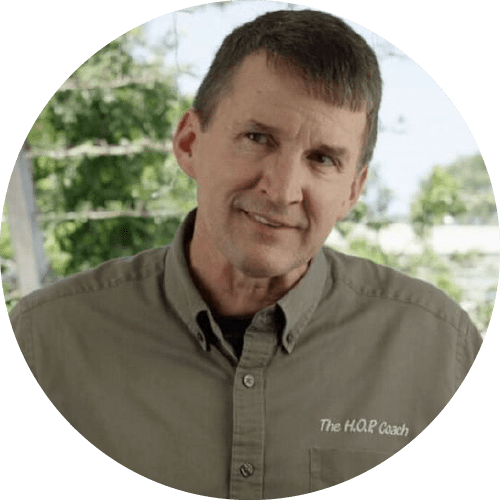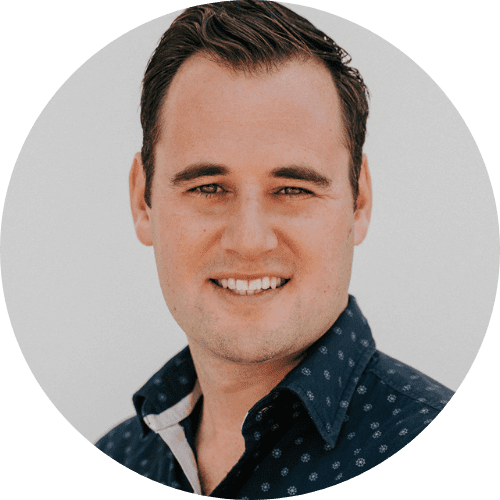H.O.P Round Table Discussion | Part 4.
SUMMARISED SHOW NOTES | PART 4
Perspectives on the five H.O.P principles
AB: One of the quotes that I like from Todd [Conklin] is caused by error, and not following procedure is like saying like saying an object fell due to gravity. While it’s true, it just doesn’t tell us very much. [Sometimes] people get confused and say, “You are condoning that people are not following procedures.” No, the idea is that it is normal [to have error] and if you are not surprised by it, then you can ask better questions. If you’re surprised there’s a gap or an error, so stop asking questions there. Asking for questions that are not looking for that [error] specifically and more talk about what does normal work look like. [Such as] “Describe to me, how does a this go normally? Tell me when it goes well and when it doesn’t go well. Help me understand the variability.” Because that thing or event that I have taken is just one piece of a much, much, much larger puzzle. Just having some open conversation you would be surprised how much information you can get very quickly, much much faster than asking pointed questions and trying to find a gap or find what should have happened. You could ask hundreds of those questions and never get close to what is really happening and if you ask a very simple questions like “Hey can you describe to me how you work with this [glass], how does this glass work for you. What do you do with that glass?” Suddenly you can have people tell you the story of the normal work and that entire net of information that would be helpful to have and comes out extremely naturally, and without defence and without people feeling like they are being interrogated and that’s the information that we need in order to understand what’s beyond that error, what’s beyond that ‘not following procedure’ in order to improve.
AW: I think that comes back to that broader context of H.O.P. Because H.O.P isn’t a program. It is more of a paradigm shift. And as we said, it embraces concepts from all manner of different disciplines. From political science to the social sciences. From movement such as safety differently and safety II. Embracing all these ideas it doesn’t necessarily where it doesn’t come to any single conclusion about any of it. It recognises that pluralism of it all. When we talk about curiosity and we’ve touch on it here and in your line of work, Andrew in coaching, as a core element of both leadership and coaching, as a style. What are your thoughts?
AB: I think it’s funny, that when you describe what coaching is fundamentally about, you can actually describe it (without label it first) that people will either describe it and say “You’re talking about leadership.” And most people will do that first. And so one of the core requirements if you like that’s when you’re talking about coaching as a process, you are saying “I don’t have the answers.” And I think it’s important to go into that with a neutral kind of approach when all were seeking to do is actually improve. Improve might actually mean, learning. But importantly in that context, and that’s where these five principles of H.O.P to reflect and soak because we have to get the blame sorted out first as in, blame is not going to be helpful here. And once we have that sorted out, which often blame but unspoken subtext in the investigation. Then we can go, “Ok, what can we learn?” And then question will really help, and curiosity will really help.
MY: The thing about curiosity in the context of due diligence as that anything that we do that’s important or matters at work or in an organisation, we know that information is powerful. You know this even in your personal life too, you’re looking at taking on a mortgage or a neighbourhood or buying a boat you do as much research as you possibly can to be well informed. There are whole teams of people with every company that we work for doing the same thing, due diligence about acquisitions and legal implications about regulations. It’s only when we get to the humans in the systems messing up that we seem satisfied sometimes which is too often to fold up the tents we’ve got that bad person standing in the middle. We should have that same curiosity and due diligence process when were looking at human error. Would get us to a much better place.
AS: And that ties into that final principle that Response Matters. And the interesting thing is with all the workshops we’ve done, that frontline people do not have any problems generally getting all this. Take for example the Safety II equivalence. Success and failure are very closely aligned as all the same conditions in failures are all the same conditions in success therefore, they can’t be discordance because they are all there all the time. [Frontline staff] they get that. We get that, we understand that our normal work and what we call failures are very closely intertwined. Whereas oftentimes managers middle managers spend their whole lifetime on the black line [and safety people] and its very easy to say “Should of don’t this, should of done that differently..” And this idea of the context of the blue line is like “Whoa, what’s the blue line? The blue line need sot be on the black line.” So being able to take a chill pill and go “Ok, tell me about the blue line so I can learn about this and understand” and that’s something that is a challenge for some people to take on board.
MY: I always tell people: I can make movie going experience much more efficient. I can tell you go in and buy the ticket from the cinema and then leave the theatre and go out to your car and get on your computer and do productive work and come in for the last 15 minutes and you would definitely get the jist [of that movie]. You will know who married whom, who lived happily ever after who the bad person. But that misses the point. The joy of learning and discovering is seeing the whole process. And I am not a huge participant in social media say on LinkedIn, you can find everyday – usually from a third world country something that is absolutely eye poppingly crazy. Then in-chime all of these Monday-morning-quarterback experts saying “Well clearly you could see this coming. This is ridiculous.” But I don’t think that benefits. I think a lot of people skate by going out there after something happens comparing that to our plan, never really questioning is our plan good or does it need any modification as we seem to think these things have been carved in granite and come back and tell management or stakeholders “Here’s how far off of our ideas they were and here is what we have done to it.”
AB: It’s effectively like a drive by isn’t it. I will just drive by take the photo and just put it into the system and then poo rains on everyone in the process.
AW: I think there is a real danger that the black line is often presumed to be the correct way the way that nothing bad will happen. But in actual fact the black line is based on our best knowledge at the time and the plan that we had, and it may also trend towards failure. Blue line is representative of adjusting to correct that failure. So that is very important too. Because that black line back 70 years ago when steeplejacks climbing chimneys without ropes and so forth was probably acceptable, but it was the planned line of work. But there may well be inherent problems in that plan.
MY: people tend not to get into trouble when given a good plan and to go out and implement that plan. And the tools they need to do it tend to it just perfectly. And do it over and over again. It’s when we introduce the complexity of multiple plans that a seemingly simple one page documents of rules and procedures that stand alone make perfect sense, “But how far off of this guideline”.
But what we tend not to realise is that they are running five or six of those things and there is no overarching plan that can account for that sort of complexity.
AB: I think language is important. I would describe that as complicatedness. I would say complexity is something that exists in a system. And everyone in business say “things are getting more complex”. So why are we trying to simplify it? In our black line approach to life. And what we are trying to do ultimately is that it becomes too complicated that the first time that the black line deviates from the blue line and that happens almost the second you write something down.
AW: We often focus on that blue line as variance as being a bad thing. This is why H.O.P is so important as it explores both the black and the blue line. The assumptions that were there in the plan itself, and its not necessarily puling the blue line up to the black line and making it flat and parallel, its understanding both sides of the story gap. Digging deep into that gap and helping to bring that more into alignment. Not one to the other.
H.O.P Round Table Discussion | Proudly brought to you by HOPLAB.
Contact Southpac International today for innovative H.O.P courses.
+61 7 5533 9988 | [email protected]
Watch more from this H.O.P. Round Table Discussion
Watch other HOPLAB Videos
HOPLAB’S Collaborators

Subscribe to the HOP|LAB® Newsletter
Get the latest information and insights on Human and Organisational Performance delivered to your inbox.

